The Play-Doh Bunny: A History of Playboy
|Cassidy George
2023 marks Playboy’s 70-year anniversary and the Chinese Year of the Rabbit. Playboy’s commitment to reinvention has allowed it to resonate with four different living generations – but calls the essence of its identity into question. Is the Playboy bunny we now see on hoodies and bucket hats an outdated icon of misogyny, or a symbol of the right to pleasure for all? Originally published in 032c #43, Cassidy George investigates the history, influence, and agility of an American brand that is “more successful than ever” as a licensing and fashion company, now that its famous magazine has folded.
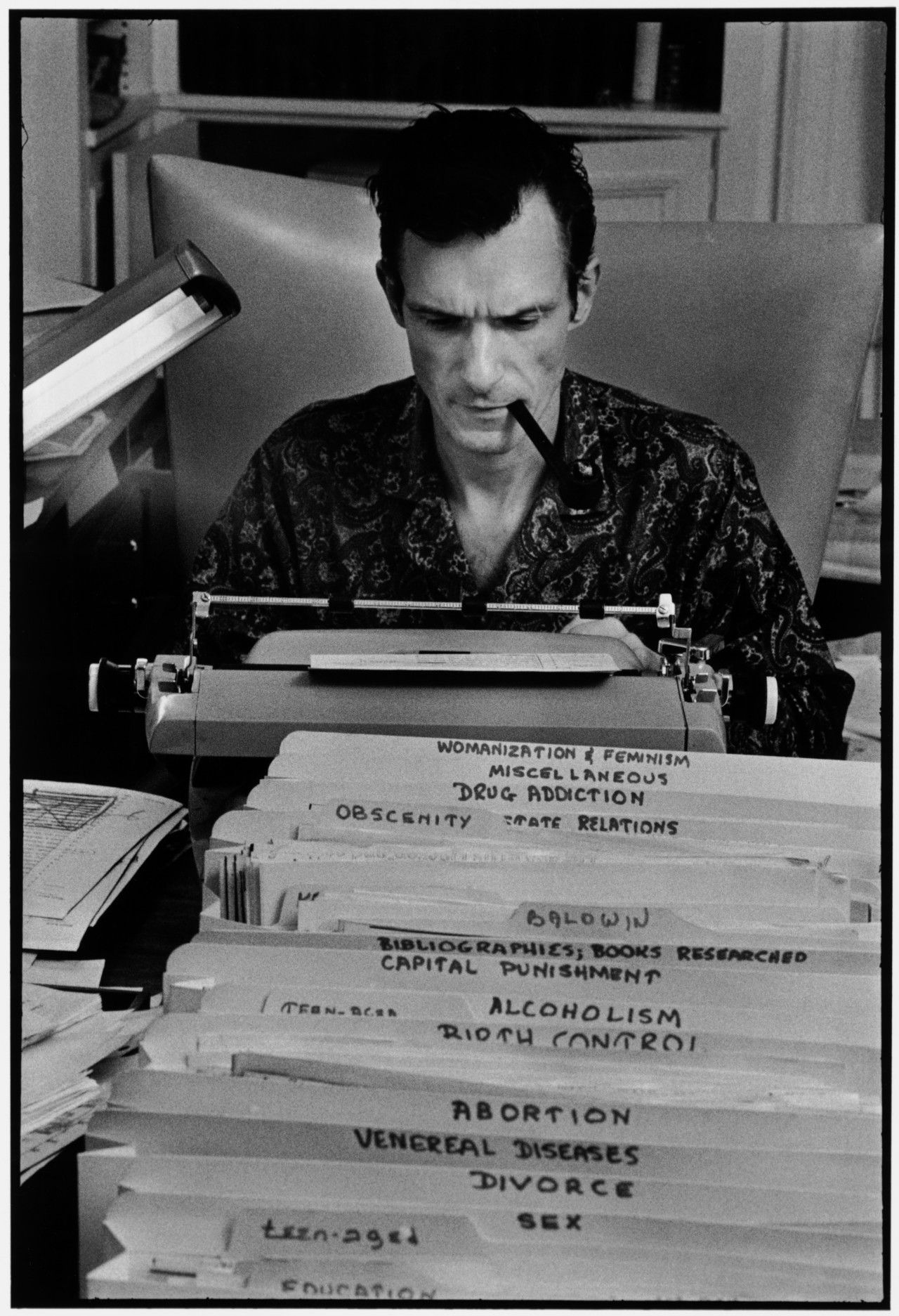
This is a Matisse that was in the mansion,” says Alex Worsham, Playboy’s VP of Media Relations, to me during a tour of the company’s headquarters in Los Angeles this spring. He points to a circular grey mark on the Matisse, which hangs casually in a conference room. “And this is where John Lennon decided to put out his cigarette when he was at a party there.” During our tour of the office, I am shown works by Keith Haring, Andy Warhol, Salvador Dalí, and Patrick Nagel. Silently, I estimate the works’ combined value. “And these represent just a fraction of the collection,” Worsham adds.
We make a pit stop in the kitchen, where Millennials in sweats are sharing jelly beans and reviewing a pitch deck on a laptop. “Unfortunately, our barista isn’t here today to make you a bunny latte, but please help yourself to anything else,” Worsham says. I am tempted by the wall of cereal dispensers but opt to play it safe and crack open a can of grapefruit-essence sparkling water. A combination of carbonated bubbles and business buzzwords makes my head spin, as Worsham does his best to illuminate the anatomy of a corporate entity with as many arms as an octopus. Playboy is now part of a conglomerate called PLBY Group, which includes the brands it recently acquired: a lingerie line called Honey Birdette and a sex toy merchandiser called Lovers.
“This is the creator side,” Worsham says, pointing toward the desks of employees who help manage Playboy’s new digital platform, Centerfold – which is more or less an elevated version of OnlyFans. He is a human press release, reciting the ledes from the company’s many upcoming announcements, including the launch of a line of “ready-to-drink” beverages under Playboy’s Spirits vertical. I willingly dissociate at the first mention of Playboy NFTs and the development of a virtual Playboy mansion in the Metaverse, but as we head into the design wing, I am suddenly paying very close attention.
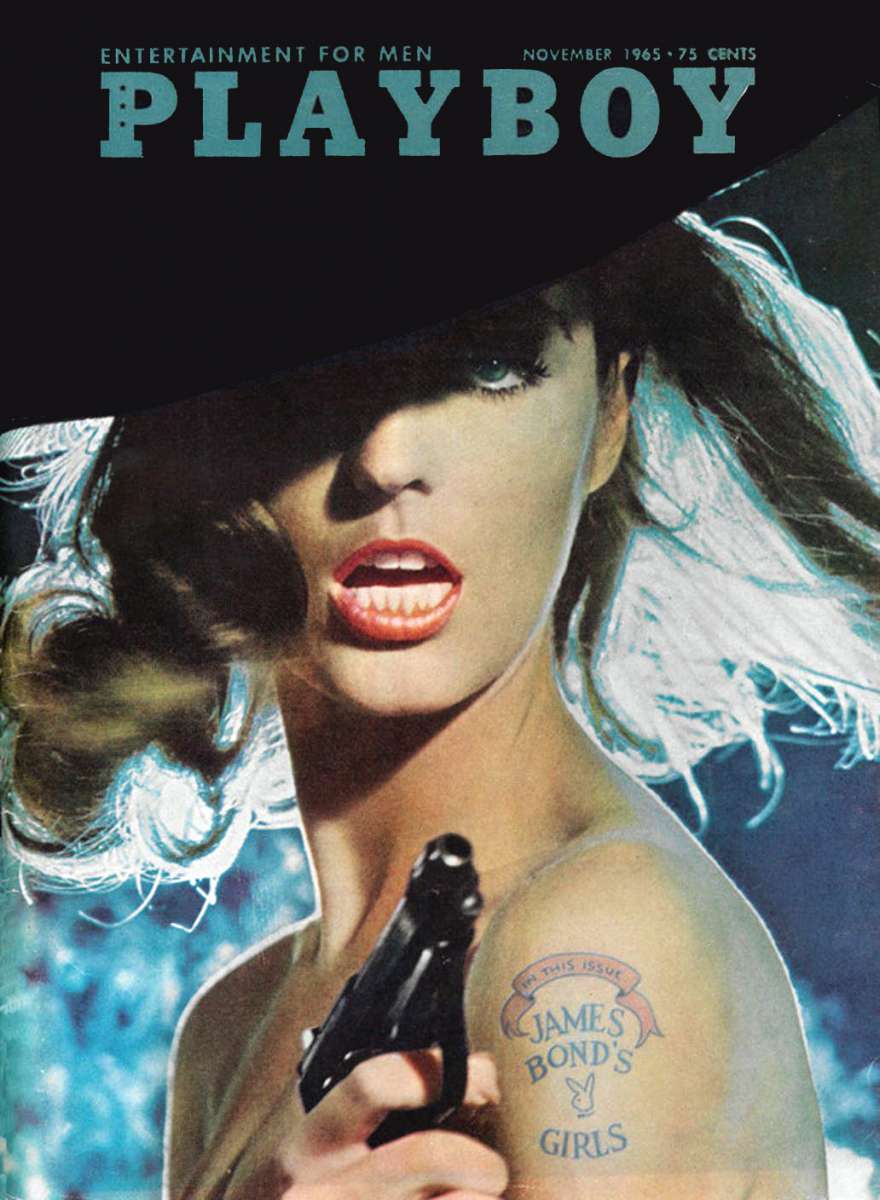
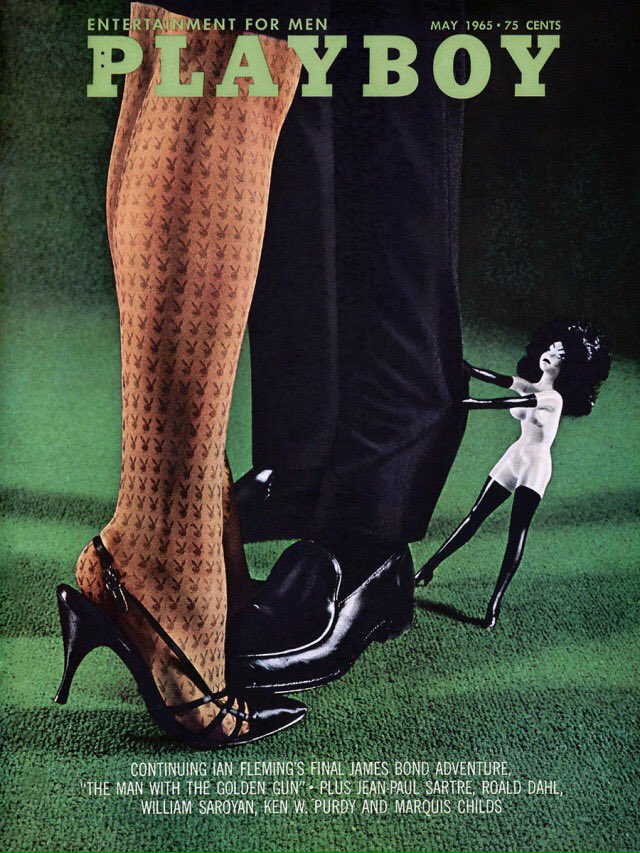
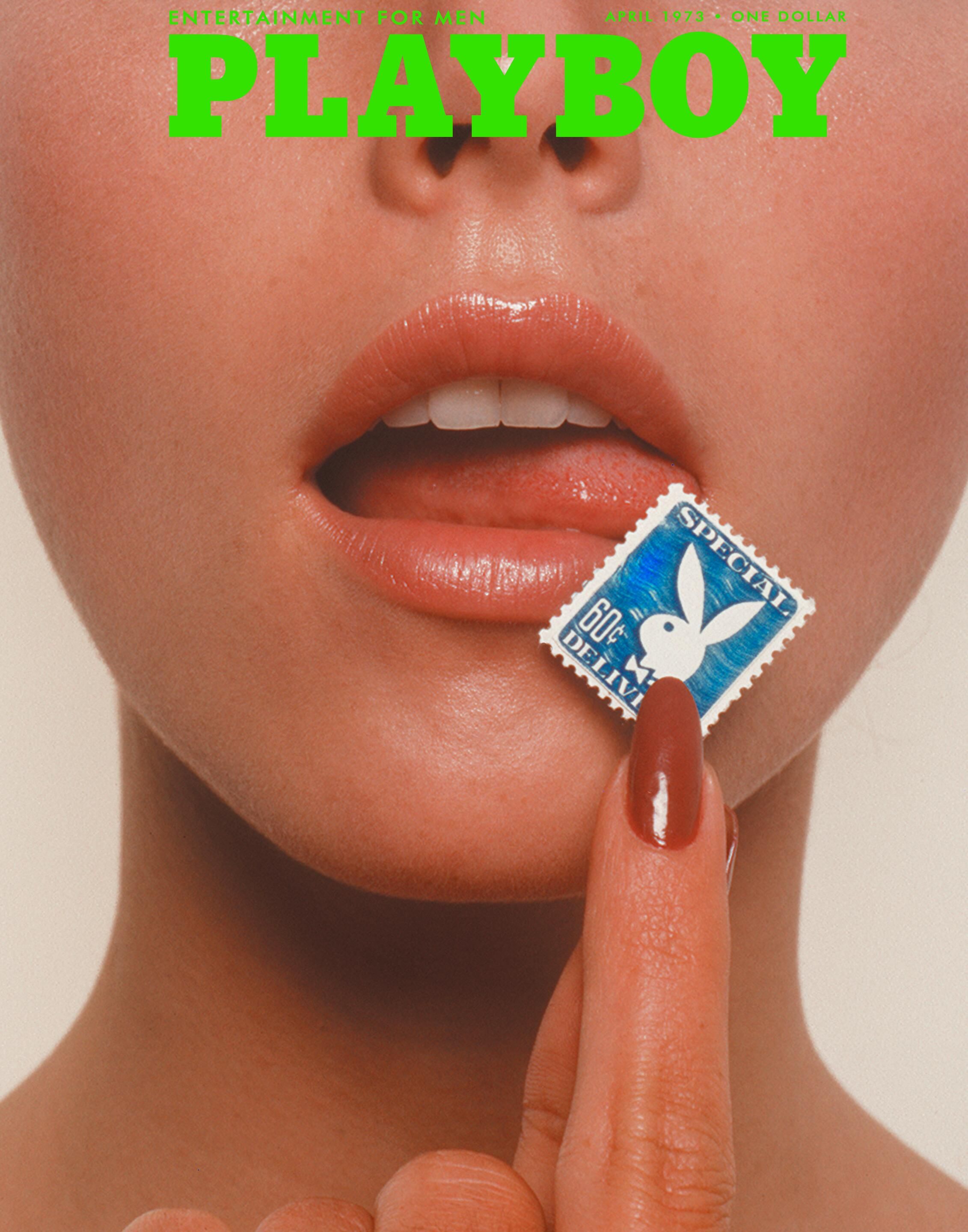
In a closet full of Playboy apparel, there are racks of freshly designed lingerie and mountain-high stacks of streetwear classics, emblazoned with the bunny logo and other graphics, including vintage photographs from the archive. Playboy’s new denim collection includes youthful cuts – low rise, flared skater jeans, and cheeky additions, such as bunny- shaped cut-outs. I am given a box from a recent brand collaboration, Playboy×Studs. I open it and discover a hot-pink prosthetic ear, which has been “pierced” at the lobe, helix, and tragus with dainty golden Playboy jewelry. This disembodied organ isn’t the only nod to Blue Velvet in the room. Pairs of velour track pants in baby blue and carnation pink, with Playboy written across the ass in bedazzled script, hang in the corner. They’re paired with cap-sleeved, velour crop tops that have built-in underwire bras.
“We have 97 percent brand awareness,” Worsham tells me. The Playboy bunny is one of the most recognizable logos in the world. The bulk of the company’s annual revenue – which totaled a remarkable 266.9 million dollars in 2022, and increased 67 percent in year-over-year revenue the year before – comes from its licensing and apparel business. I am equally impressed by another 2023 Playboy statistic: its workforce is 80 percent female.
There is, of course, one glaring omission on this tour – editorial.
For 67 years of its seven-decade history, Playboy was a magazine, best known for its photographs of nude women, and for Hugh Hefner, its pajama-wearing founder and lifelong brand ambassador. But in the wake of his 2017 death, which narrowly pre-dated the #MeToo movement, the company severed ties with the Hefner family and changed its tagline from “entertainment for men” to “pleasure for all.” The magazine folded in 2020.
As men in positions of power faced an ongoing reckoning, and 20th-century gender roles grew increasingly outdated, the patriarchal gaze, archaic sexual politics, and a long history of exploitation associated with Playboy poised it to be one of the least likely brands to succeed in a business landscape shaped by new ethical imperatives and sensitivities.
What could Playboy be in a post #MeToo world? And what is the brand without a magazine or Hefner’s cult of personality?
The answer, according to CEO Ben Kohn, is “more successful than ever.”
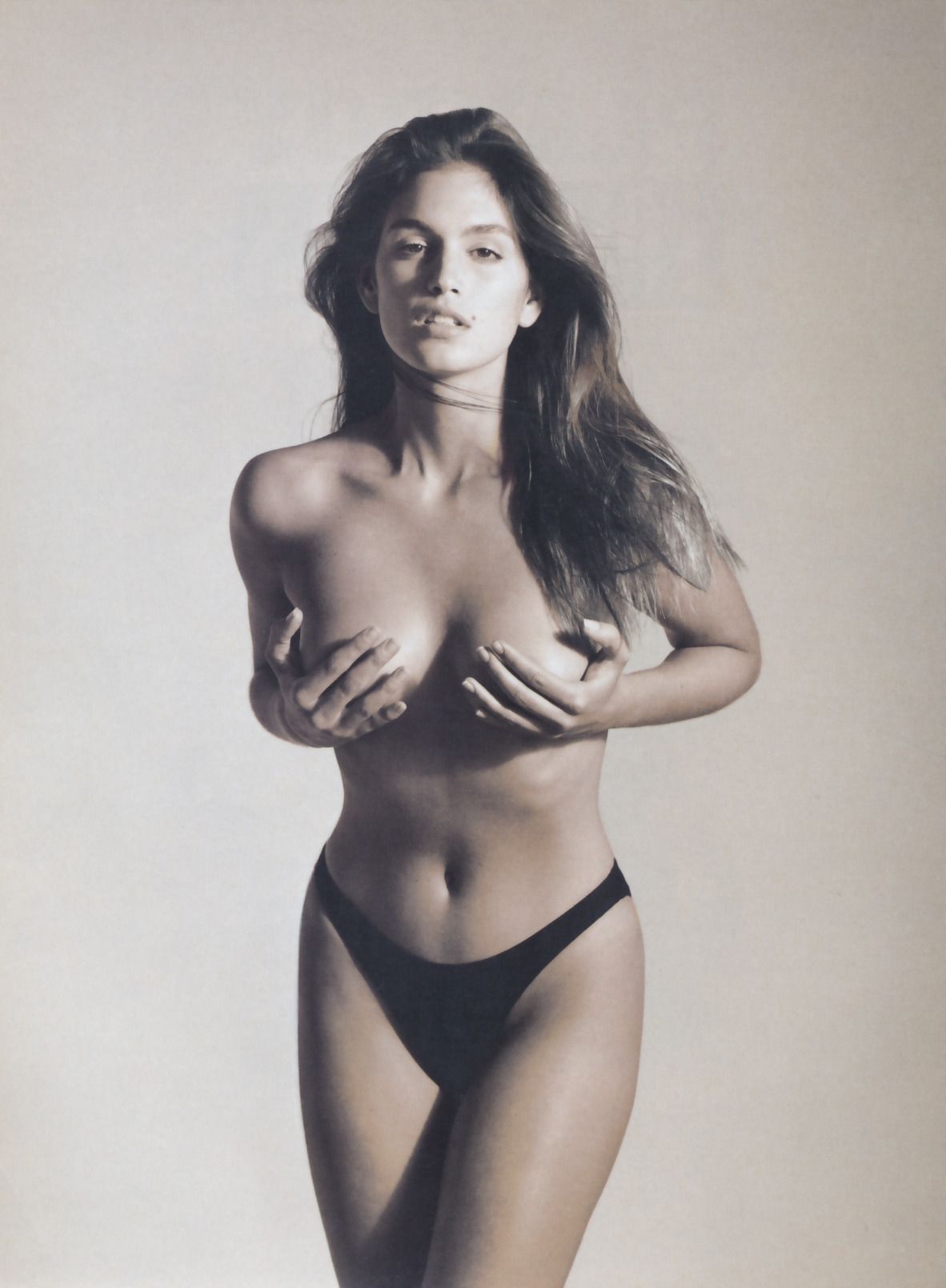
70 YEARS OF PLAYBOY
If you’re a man between the ages of 18 and 80, PLAYBOY is meant for you. If you’re somebody’s sister, wife or mother-in-law and picked us up by mistake, please pass us along to the man in your life and get back to Ladies Home Companion. Within the pages of PLAYBOY you will find articles, fiction, picture stories, cartoons, humor and special features culled from many sources, past and present, to form a pleasure-primer styled to the masculine taste.
Most of today’s “magazines for men” spend all their time out-of-doors ... but we don’t mind telling you in advance – we plan on spending most of our time inside. We like our apartment. We enjoy mixing up cocktails and an hors d’oeuvre or two, putting a little mood music on the phonograph, and inviting in a female acquaintance for a quiet discussion on Picasso, Nietzsche, jazz and sex.
– Playboy, Volume 1, Number 1
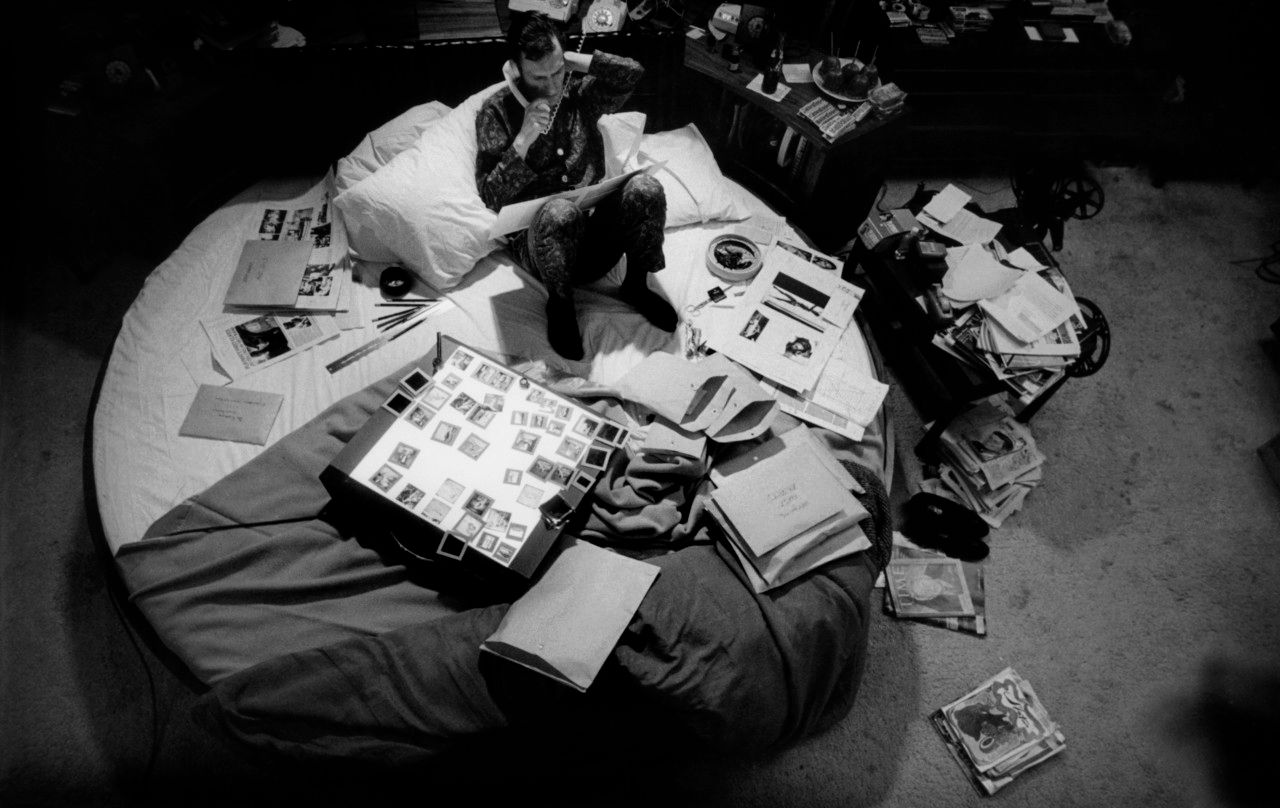
Hugh Hefner, who was born in Chicago in 1926 and reared by a strict Methodist family, created the first issue of Playboy magazine in 1953. It featured nude photographs of Marilyn Monroe that Hefner purchased from a photographer and printed without her consent. All 50,000 copies sold immediately. Playboy’s circulation peaked, in 1972, at seven million subscribers.
For six decades, Playboy magazine balanced centerfolds of topless bombshells with titillating discussions of art, philosophy, and liberal politics – alongside a broader mission to destigmatize discussions of human (hetero)sexuality. Playboy published work by James Baldwin, Margaret Atwood, Vladimir Nabokov, and Joyce Carol Oates, and interviews with such thought-leaders as Martin Luther King Jr., Jean-Paul Sartre, Fidel Castro, Betty Friedan, Malcolm X, and Steve Jobs. Superstars Joan Collins, Bettie Page, Madonna, and Naomi Campbell posed nude for its pages, and women who posed nude – Pamela Anderson and Carmen Electra, among others – became superstars.
Playboy seduced the world with a simple idea: great sex will come to men who are well-read and highly cultured. Hefner championed a new breed of cosmopolitan masculinity, and the pages of his magazine served as a manual for any man seeking to emulate it. Hefner “revolutionized the whole direction of how we live, of our lifestyles and the kind of sex you might have in America,” said Taschen editor Dian Hanson, who wrote an extensive history of men’s magazines. We can credit the coining and promoting of the “bachelor pad” concept to Playboy, which also has a long-term impact on the world of design. Architectural historian Beatriz Colomina has credited the magazine with “mainstreaming Modernism” and stated, in an interview with Archnet in 2016, that Playboy “did more for promoting modern architecture and design than any architectural magazine or any institution.”

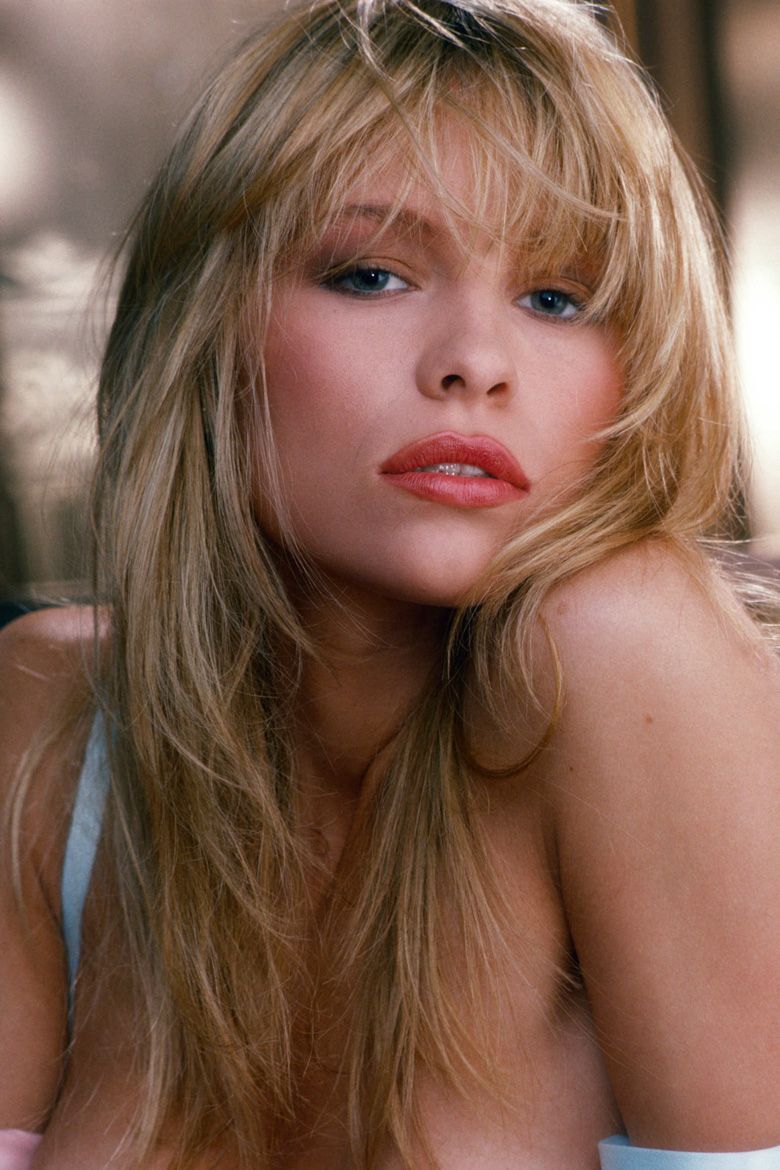
Eventually, Playboy magazine became the connective tissue of a formidable empire. By the 1960s, Hugh Hefner opened 30 Playboy nightclubs, some of which doubled as casinos and hotels, and all of which were served by women in those world-famous bunny costumes. The brand umbrella eventually expanded to include a record label, mansions in Chicago and Los Angeles, various ventures in television and porn, a private jet with its own dance floor, and an extensive catalogue of merchandise. Playboy became a way of life – like Disney, for adults.
Over the years, Playboy proved itself to be a company with remarkable agility and foresight. The brand constantly reinvented itself to appease the demands and fulfill the fantasies of new generations. During the turbulent 1960s, Playboy became more political and took a firmer stand on social issues. When the hardcore porn magazines Penthouse and Hustler became sensations in the 1970s, Playboy became more explicit and started showing full-frontal nudes. As more and more women entered the American workforce in the 1980s, Hefner responded to the movement by making his daughter, Christie Hefner, the company’s CEO – a post she held until 2009.
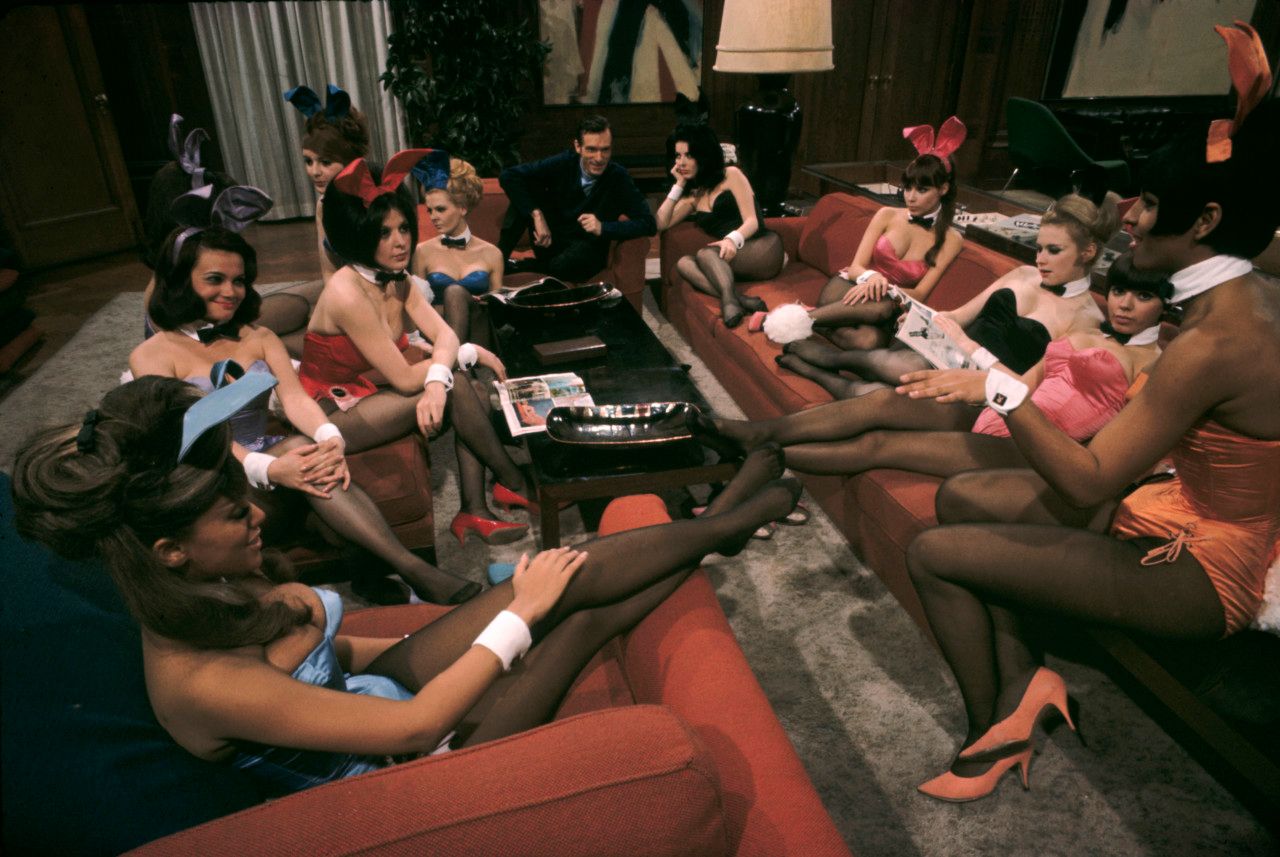
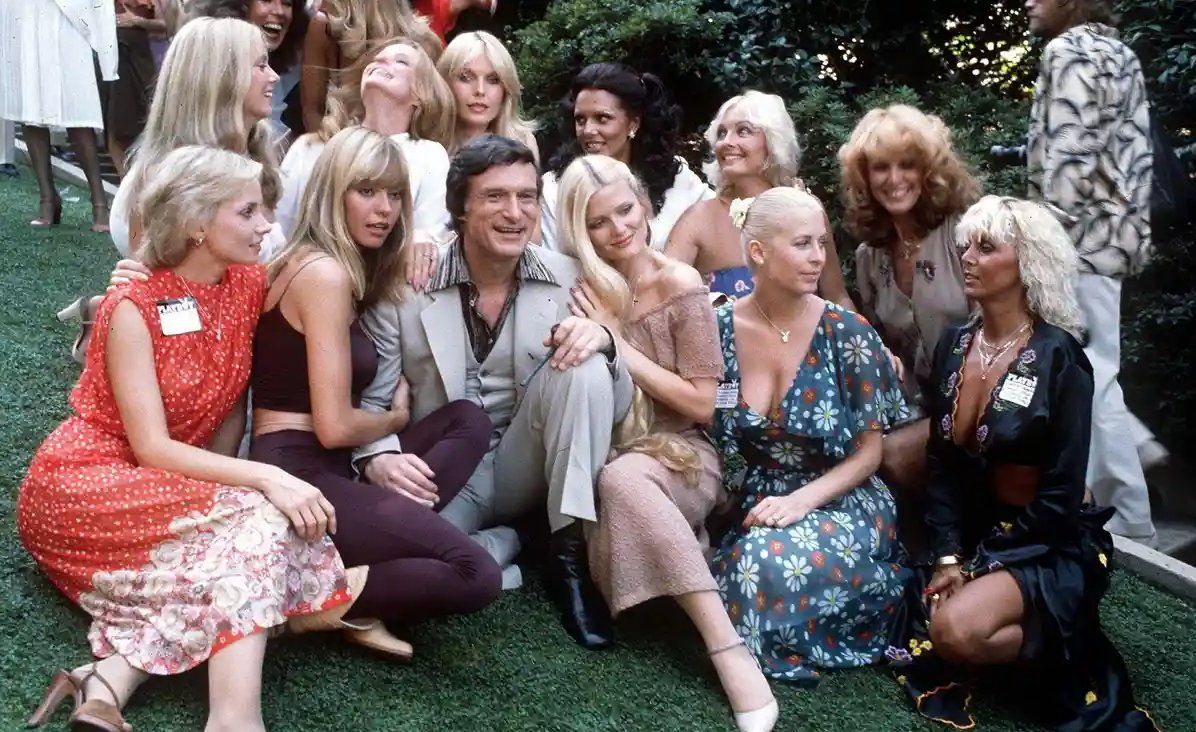
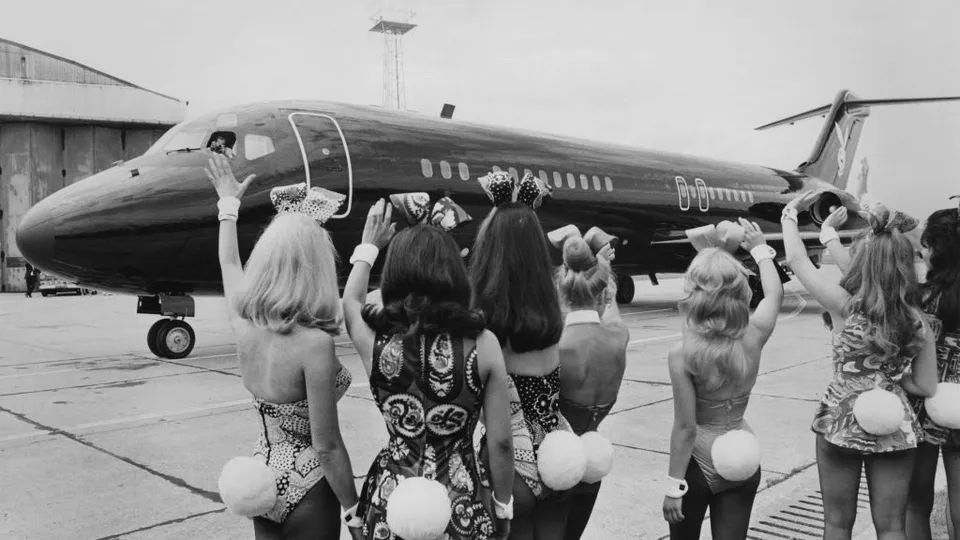
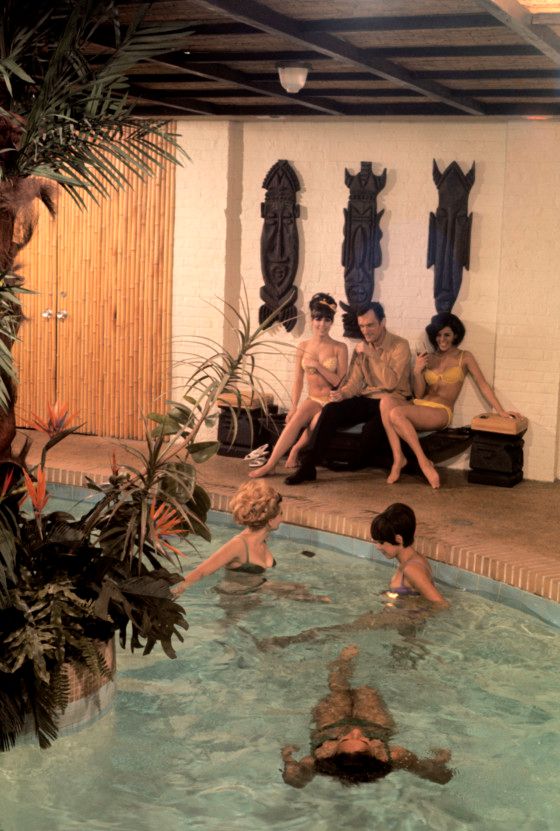
Hugh Hefner’s ability to modulate to a zeitgeist in perpetual evolution is perhaps best illustrated by the company’s revival in the early 2000s. Just as Playboy was teetering on total cultural irrelevance, he pulled a rabbit out of a hat and launched the hit reality TV show The Girls Next Door. The series, which followed the lives of three of Hugh Hefner’s live-in girlfriends – who all had the same platinum blonde hair, augmented breasts, and air-headed joie de vivre – at the Playboy mansion, gave a peek into life beyond the exclusive gates of a hedonistic Shangri-La. It helped usher in the golden age of reality television and, just as the magazine had done in earlier decades, helped define the aesthetics of the era.
HEFNER, TOO
“Playboy wouldn’t exist if women and men were equal in our society. It’s the gendered version of a minstrel show.”
– Gloria Steinem, 2018
Since 1953, one of the few things that radical feminists and the religious right could agree upon in America was that Playboy was their enemy. In a famous 1970s episode of Dick Cavett’s TV talk show, two figureheads of the Women’s Liberation movement – Susan Brownmiller and Sally Kempton – engage in a discussion with Hugh Hefner. Their critiques ring true to this day:
“Hugh Hefner has built an entire empire on oppressing women.”
“Your magazine is an image of women at an arrested development.”
“Hugh Hefner has made the degradation of women a condition of employment.”
But Hugh Hefner’s power was always, in part, derived from hatred for him.
He was buried in September 2017, next to the first of many women who helped make him rich and famous, Marilyn Monroe. “I’m a believer in all things symbolic,” Hugh Hefner told the Los Angeles Times. “Spending an eternity next to Marilyn is too sweet to passup.” He purchased the site in 1992. Obviously, Monroe did not consent to this, either.
One month later, the New York Times posted an article including details of the exploits and sexual abuse perpetrated by Harvey Weinstein. As a Hollywood hot-shot who leveraged his position to manipulate women seeking opportunities in media – and who ultimately profited off their image and labor – Weinstein’s profile is remarkably similar to Hugh Hefner’s. Cardiac arrest was the Playboy founder’s official cause of death, but #MeToo was set to toll the death knell for any remaining reverence for him in the court of public opinion. In the past two years, Hugh Hefner has been the subject of a barrage of extensive media takedowns, including a 12-hour docuseries called Secrets of Playboy, a Dateline-esque show called The Playboy Murders, and a seven-hour podcast called Power: Hugh Hefner. Past girlfriends, friends, colleagues, employees, and acquaintances make countless disturbing allegations in these series, which include but are not limited to the rape, drugging, and abuse of women at Hefner’s own hands, as well as cases of negligence and ambivalence to incidences of murder, torture, rape, suicide, and the general exploitation of various women working for the Playboy brand over the years. Two of the highest-profile stories revolve around the deaths of Bobbie Arnstein, Hefner’s assistant who took her own life after being sentenced to prison for drug trafficking throughout the Playboy empire, and Dorothy Stratten, a Playmate whose rapid ascent to stardom strained her relationship with her husband, who killed Stratten (and himself). Whereas Hefner’s harshest critics blame him for his failure to protect these women, his supporters have claimed that all of the aforementioned allegations against him are unfounded.
Although people and companies have been lambasted for grievances that are laughably minor in comparison, Hugh Hefner appears to be uncancellable. The PLBY Group was largely unaffected – and revenue has only continued to climb.
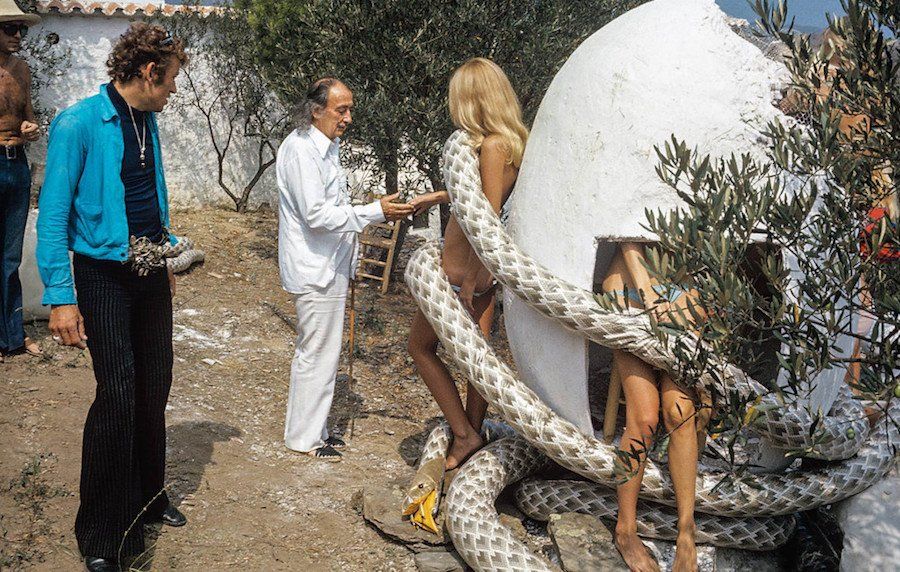
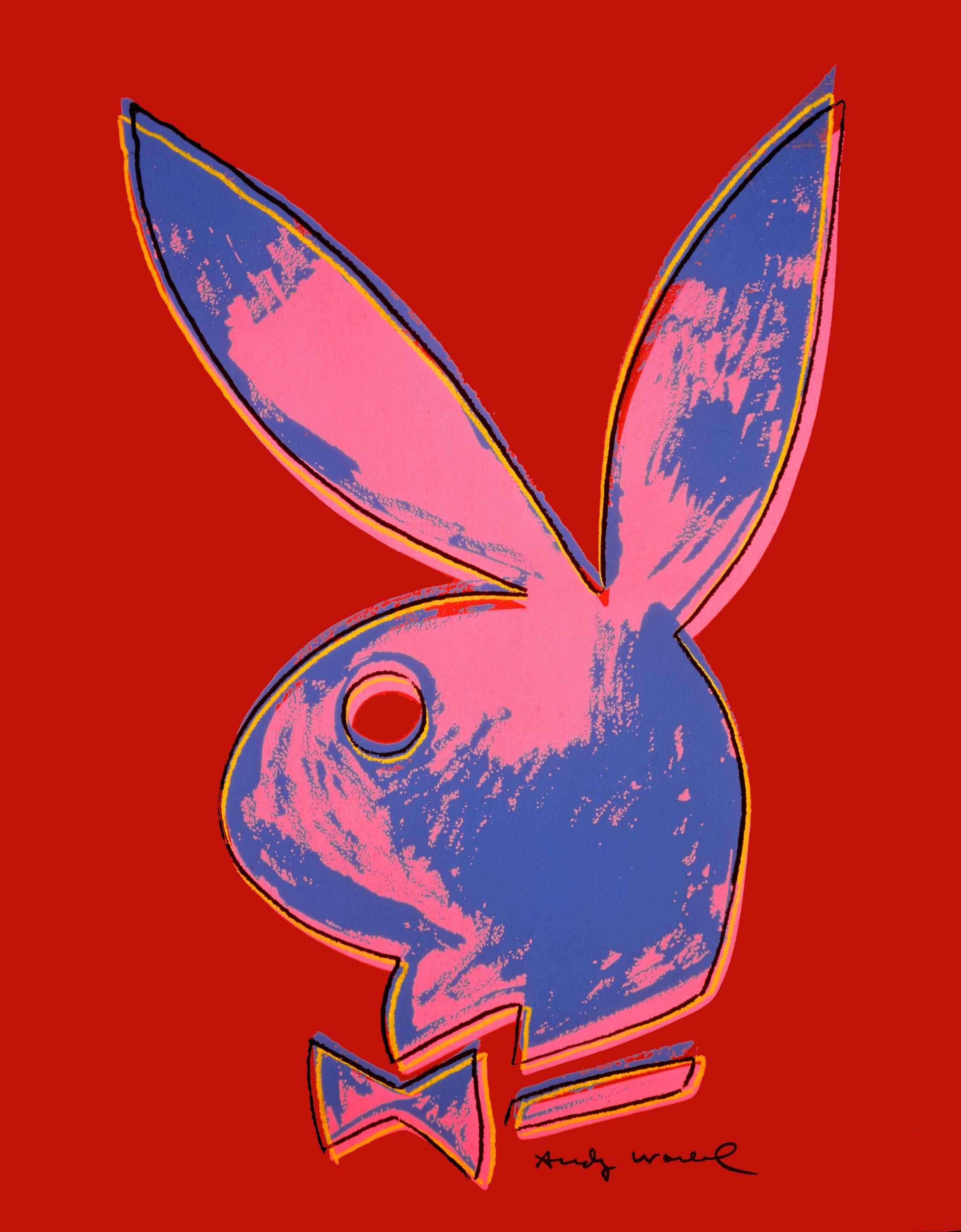
THE WOKE AGENDA
“We trust and validate women and their stories, and we strongly support the individuals who have come forward to share their experiences. As a brand with sex positivity at its core, we believe safety, security and accountability are paramount, and anything less is inexcusable.
“Today’s Playboy is not Hugh Hefner’s Playboy. We are building upon the aspects of our legacy that have made a positive impact, including serving as a platform for free expression and a convener of safe conversations on sex, inclusion and freedom. We will continue to confront any parts of our legacy that do not reflect our values today, and to build upon the progress we have made as we evolve as a company so we can drive positive change for you and our communities.”
– PLBY Group, 2021 (prior to the release of Secrets of Playboy)
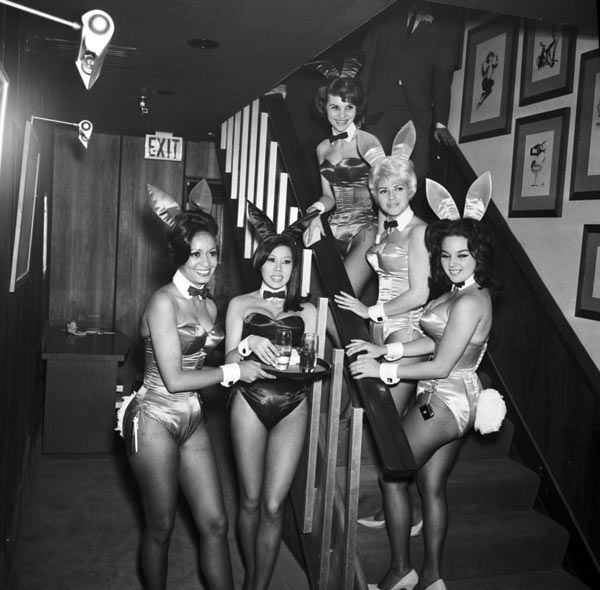
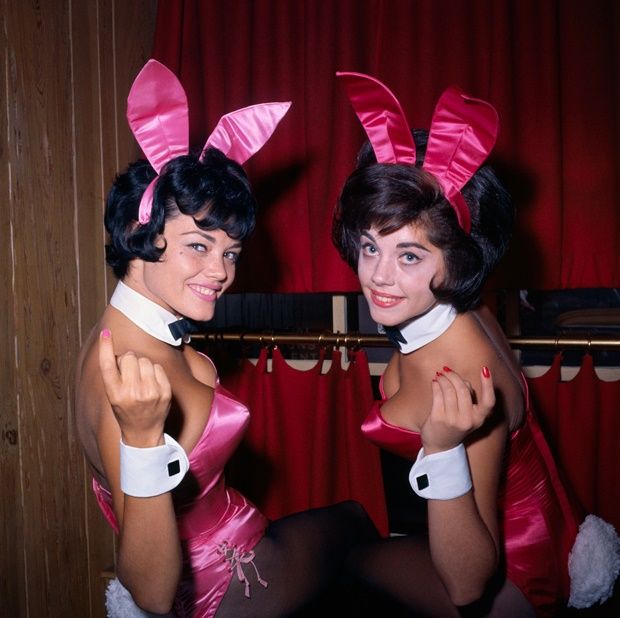
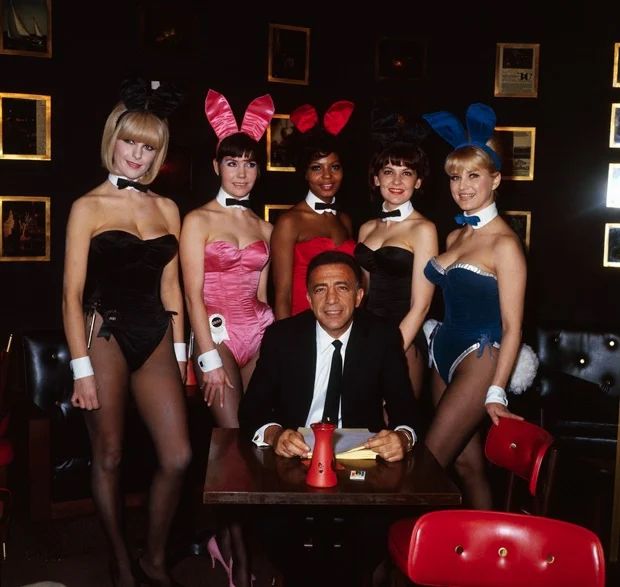
Hugh Hefner was a lifelong champion of liberal social and political causes – and he used Playboy as a platform to promote them. He published essays that supported gay rights as early as 1955. The magazine advocated for reproductive freedom and covered Roe v. Wade so extensively that Hugh Hefner received a personal thank-you from Justice Ruth Bader Ginsburg. He was also a well-known supporter of the Civil Rights Movement, and though he rarely featured Black women in his magazine, he hired them at Playboy clubs, which were racially integrated when segregation was still common.
The archive includes stories about such progressive topics as police brutality and the case for legalizing marijuana, long before they entered mainstream discourse. Playboy even helped fund the world’s first rape kit. “The criticism that [Playboy] objectifies women, that it privileges white heterosexual men is all true. But there is this other side of Playboy that hasn’t widely been acknowledged,” says Carrie Pitzulo, a historian and the author of Bachelors and Bunnies: The Sexual Politics of Playboy (2011). “At Playboy’s height of influence in the 1960s and early 1970s, it was what we might consider the 1960s version of ‘woke.’”
After The Girls Next Door ended in 2010, Playboy lost its grip on American culture. As Millennials came into power in the 2010s, they helped ignite a paradigm shift in social and cultural values. A new generation of employees at Playboy knew that the only way forward would be by paving a road to redemption. Amplifying Playboy’s history of activism became its ticket to survival.
“The Gen Z audience really buys products and brands because they believe in what the brand stands for ... so we started evolving what [Playboy] stood for,” said brand strategist Anna Ondaatje, who helped engineer a massive creative overhaul at Playboy in the late 2010s. “When we started working on this, our audience was about 92 percent male and 45-plus years old, but they were also driving no revenue. If Playboy continued on its trajectory ... just mapping against the way that culture was moving, it was clear that the brand was becoming both increasingly irrelevant and problematic. There was no real future.”
In the magazine’s final years, it centered the voices of women, LGBTQ folks, and people of color. Playboy featured a man on its cover for the first time, YouTuber Bretman Rock, and then its first transgender woman, model Ines Rau. Nude shoots were conducted by female photographers and supervised by intimacy coordinators. Activists became centerfolds. According to a 2019 New York Times article, the office was enlivened with such words as intersectionality, privileging, and lived experience. The more outraged older readers grew over Playboy’s new direction, the more enticing it became to a newer, younger audience.
Liz Suman joined Playboy as a fact-checker six years ago, in the midst of the magazine’s rebrand. “As a writer and feminist, I was excited by the challenge of joining this iconic publication at a tremendous crossroads,” she said. She played an instrumental role in guiding Playboy’s transformation, and eventually she became one of the magazine’s first women to hold the title of editor-in-chief. Although the brand’s strategy did succeed in its efforts to connect with a new generation, it didn’t necessarily translate to interest in the magazine. When it ceased print publication in 2020, Suman was devastated. “How does Playboy tell stories now?” Suman recalled thinking at the time. “How do we build on a legacy of art, photography, and reporting in the absence of a magazine?”
The strategy did, however, pay off in apparel sales. The stats indicated that streetwear may be to Gen Z what reality TV was to Millennials: the most effective form of brand entry. Like Play-Doh, Playboy once again metamorphosed into a reflection of the zeitgeist.
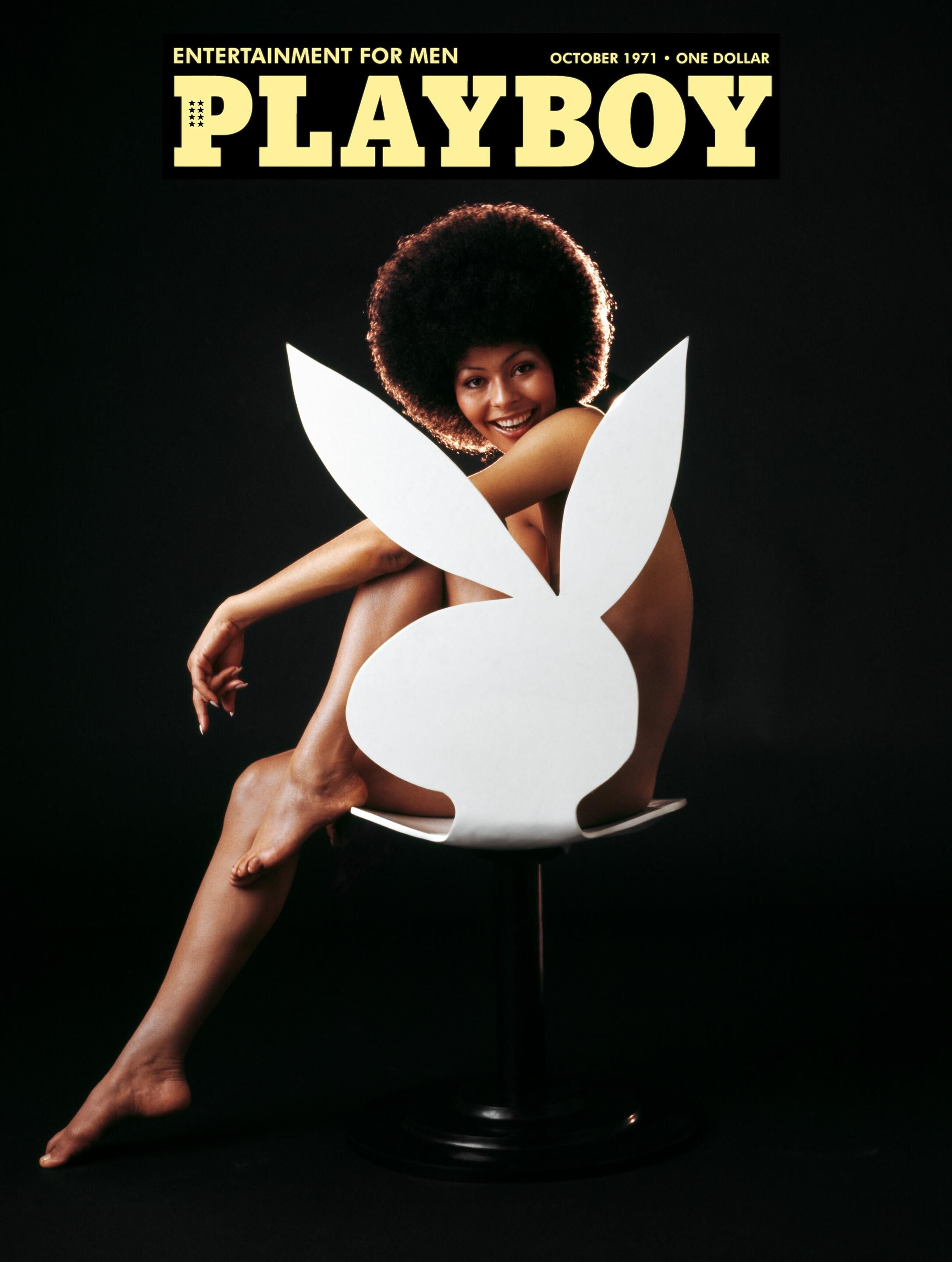
CATEGORY KILLING
Back at Playboy headquarters, I am introduced to Jason Mahler, VP of design. Mahler – who previously did stints at The Gap, American Eagle, and Victoria’s Secret – was hired at the beginning of 2022 to develop Playboy’s in-house apparel line after the company’s series of tremendously successful fashion collaborations with external brands.
The timing couldn’t have been more auspicious for Playboy Apparel, whose rise to prominence coincides with the revival of the Y2K aesthetic, which The Girls Next Door helped define, and a return to retro colors, fabrics, and silhouettes from the 1970s – the decade when Playboy was at the peak of its cultural influence. In his office, Mahler tells me that both of his grandparents were “entrenched” in the brand.
JASON MAHLER: Growing up, I didn’t realize Playboy was a “gentleman’s magazine,” I just thought it was a men’s fashion magazine, because it covered so much culture, beyond the artistry of its own photography, which really stands on its own. You can look at any image in the archive and know it’s from Playboy. Very few brands have iconically captured decades the way Playboy has. When you look back at the 50s, you really feel the 50s.
CASSIDY GEORGE: One could argue that Playboy didn’t just capture but helped create the look and feel of those decades.
JM: For better or for worse, right? [laughs]
CG: Playboy has undergone tremendous transformation in the past few years, but the logo will always be fixed. What does it mean to wear a Playboy bunny in 2023?
JM: Everyone has an opinion about Playboy, and it’s usually an interesting one. Our brand is part of the American story in a very, very real way. There is something undeniably powerful about wearing a bunny.
But Playboy is more than just one thing. It’s an ecosystem. We capture four living generations: Boomers, Gen X, Millennials, and Gen Z. What the bunny means to each of them is different, and the product architecture is different for each demographic.
We’ve been called the original lifestyle brand, and the intent with the in-house is to address a full lifestyle. I jokingly call it “category killing”: we’ve got lingerie, we’ve got denim, we did sleep, we’ve got velour! At a brand like ours, it’s important to be protective but not overly precious with the bunny. This brand is associated not necessarily with luxury but with an aspirational lifestyle. We are creating a space where everyone can aspire to be, as opposed to an exclusive, or exclusionary, lifestyle. At the end of the day, this is all about fun, and we know there’s a good time to be had by all.
CG: Playboy is in an extremely unique position. Who can you look to as a model? Who is your competitor?
JM: This is the toughest question I get asked. Ultimately – and I don’t say this with any ego – our only competition is with ourselves. We have a rabbit head and an archive that no one else can touch. All it comes down to is: what are we going to do with it?
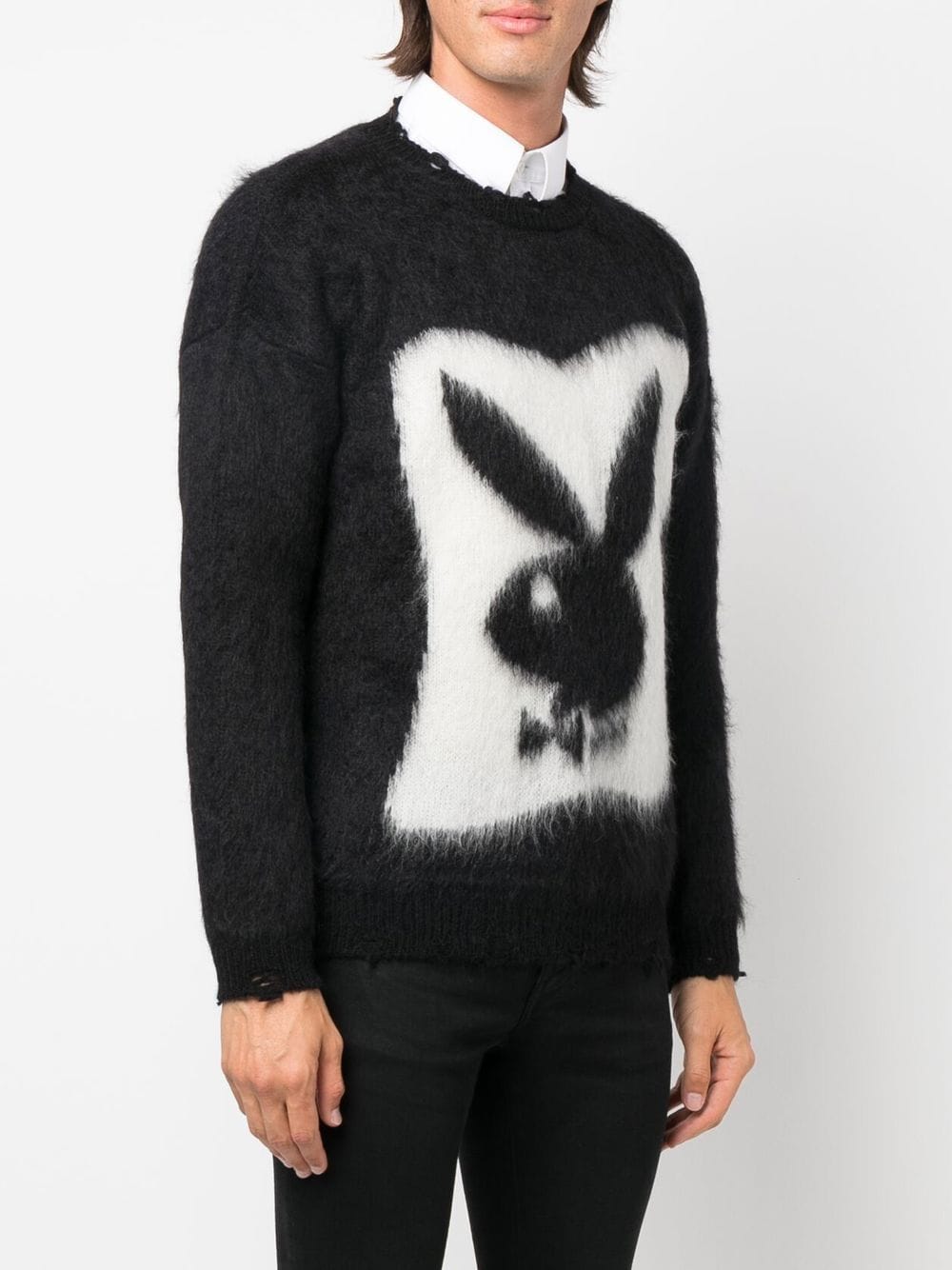
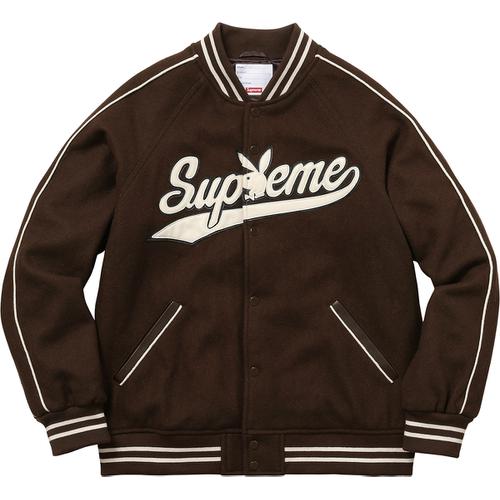
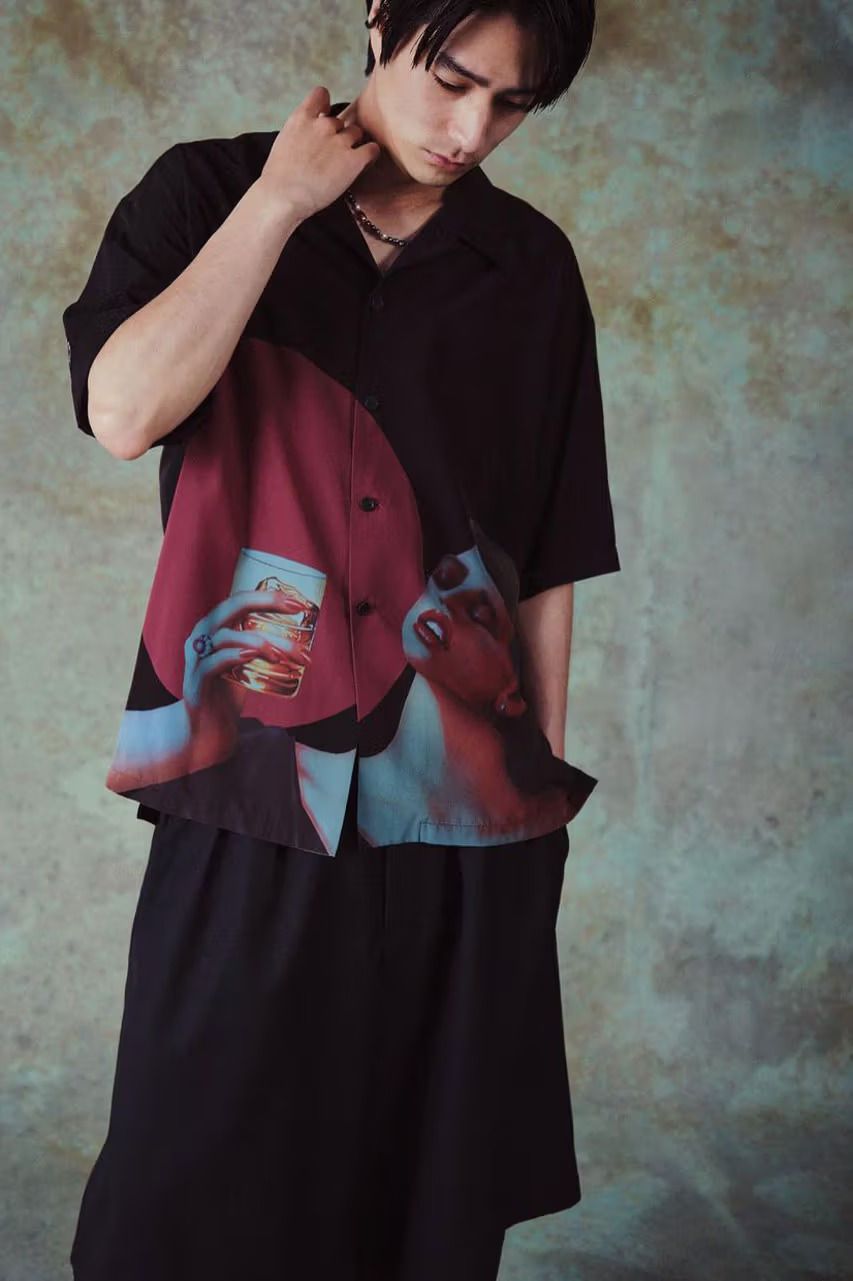
REVERSE ENGINEERING
A little-known fact about Playboy in the West is how successful the brand has been in the East. For the past three decades, the majority of Playboy’s licensing business has been in mainland China, which has more than 3,000 retail locations. There, the Playboy bunny is no more lascivious than Hello Kitty.
As Playboy strives to distance itself from a long history of problematic practices and zero in on apparel, its business in China has provided a meaningful case study. “Playboy magazine was never in China because of censorship, so there was never any confusion or misunderstanding about what Playboy was in its core market,” said Allison Kopcha, Play- boy’s chief business development officer. In the 1990s, Chinese entrepreneurs were eager to introduce a quintessentially American brand into the market. They chose Playboy because of its association with a liberated lifestyle. “Pick any fashion brand in the Western world, and they likely have a core business in the West and then exported that [business] to China. We’re doing the opposite. Using a supply chain metaphor, we’re reverse engineering by importing our Chinese fashion and retail brand into the United States.”
Kopcha has also played a significant role in shifting Playboy’s demographics by undertaking a series of fashion collaborations that were designed to keep the bunny “young and fresh.” This approach includes partnerships with fast fashion giants such as PacSun, streetwear heavy-hitters Supreme and HUF, and designers including Yohji Yamamoto, Marc Jacobs, and Saint Laurent. “We have been able to show up as a brand in a very democratic and harmonious way across the price spectrum, and sometimes I think of that spectrum in terms of the American Dream. Playboy is a testament to that ethos.” The company’s new mission statement is a riff on the US Constitution. “We believe in the pursuit of pleasure for all,” Kopcha said.
CASSIDY GEORGE: Does everyone really know that, though? Some people wear the bunny proudly, others ironically. Isn’t it safe to assume that some wear it as a badge of misogyny?
ALLISON KOPCHA: I think Playboy is similar in some ways to hip-hop or rock’n’roll back in the day because it is on the knife’s edge of what conservative people deem appropriate. That provocation is authentic to who we are, and our authenticity is what keeps us relevant.
Today’s consumers are so much more inquisitive and curious than they used to be. Anyone can hop on the internet and google “Playboy.” Young people are able to make informed decisions about whether this is a brand for them or not, whereas in the past, media and advertising had almost total power to create the image they wanted to project. We are not apologizing for our past, we’re not sweeping it under the rug. It is what it is. We’re here to look to the future, and to take the best of our heritage and continue to drive that forward to new generations.
THE NEW CENTERFOLDS
PLAYBOY: A new platform for the articles real connection ...
Creators, Apply to Become a Bunny and ... MAKE THE COVER
Fans, Sign Up to Follow and ... PLAY
Connect with the world’s coolest and hottest creators ...
Be discovered, earn photo shoots and join the movement ...
– From the Centerfold promotion text at Playboy.com/app
The United States is currently in the throes of a sex panic. Roe v. Wade was over-turned last summer, and LGBTQ rights are under attack in conservative states across the country. In the South, bills banning drag shows and preventing girls from discussing menstruation in grade school have passed. “Playboy has historically helped changed perspectives and overcome preconceived notions. We have an important responsibility to keep doing that,” said Loren Piretra, PLBY’s vice president of creators. Piretra was poached from Twitch to oversee Centerfold. Launched in late 2021, the digital platform and accompanying app are designed to allow Playboy to continue producing erotic and nude content in the least problematic way possible.
Centerfold is similar to OnlyFans but different in a few notable ways: “We are an invite-only application. We’re not interested in catering to the masses, only to people who embody our values. We are looking for people with ‘hot girl factor,’ which is not necessarily about physical traits, but more so a mindset and a magnetism,” said Piretra. In terms of pornography, anything goes on OnlyFans, but most Centerfold content is relatively safe for work, and the stuff that isn’t is locked behind a paywall.
Playmates and centerfolds were influencers before the term was coined. When they were featured, they became brand ambassadors and representatives of a particular era, and with that came tremendous visibility and financial opportunity. Centerfold is Playboy’s attempt to “flip the script” of its previous nude practices. “This is our way of meeting a new era of bunnies where they’re at, in a digital format. They are in control and have complete autonomy,” said Piretra. Rather than selecting women who fit Hugh Hefner’s vision of sexy and forcing them to conform to his editorial vision, Centerfold “bunnies” create their own content.
“Interestingly, we see a 50-50 demo split,” Piretra said of the subscriber gender demographic. When my jaw dropped, Piretra laughed. “We also are living that truth in the office, where over 50 percent of the employees on the Creator side are queer women.”
AMERICAN ICON
As I am leafing through vintage magazines in the Playboy office, I’m reminded of the Colosseum in Rome – and what it feels like to behold the relics of a mighty yet fallen empire, which, despite its many exploits, continues to contribute to the magic and allure of the city in the present day. Renderings of this ancient structure sell “ROMA” T-shirts and keychains for the same reasons that old Playboy magazine covers sell its apparel. Playboy is also a monument to the culture of its place of creation.
The hypocrisy at the core of Playboy’s brand is not unlike the contradictions that are embedded in the mythos of America itself. Is it a land of opportunity or a land of exploitation? Is it the root of all good or the root of all evil? It is, of course, both ... and neither. My suspicion is that, as long as there are people who believe in the inherent goodness in “life, liberty, and the pursuit of happiness,” people will still pledge allegiance to the Playboy bunny. Whether those who have their hands over their hearts know it now stands for “pleasure for all” is another matter entirely.
On a chilly morning in downtown Los Angeles, a week after my visit, I put on one of the hoodies Playboy gave me. As I was standing in line for a coffee, a young skateboarder complimented it. After thanking him, I couldn’t help but ask, “What does the Playboy bunny stand for, in your opinion?”
He paused for a while.
“Uhh,
I dunno.
Boobs?”
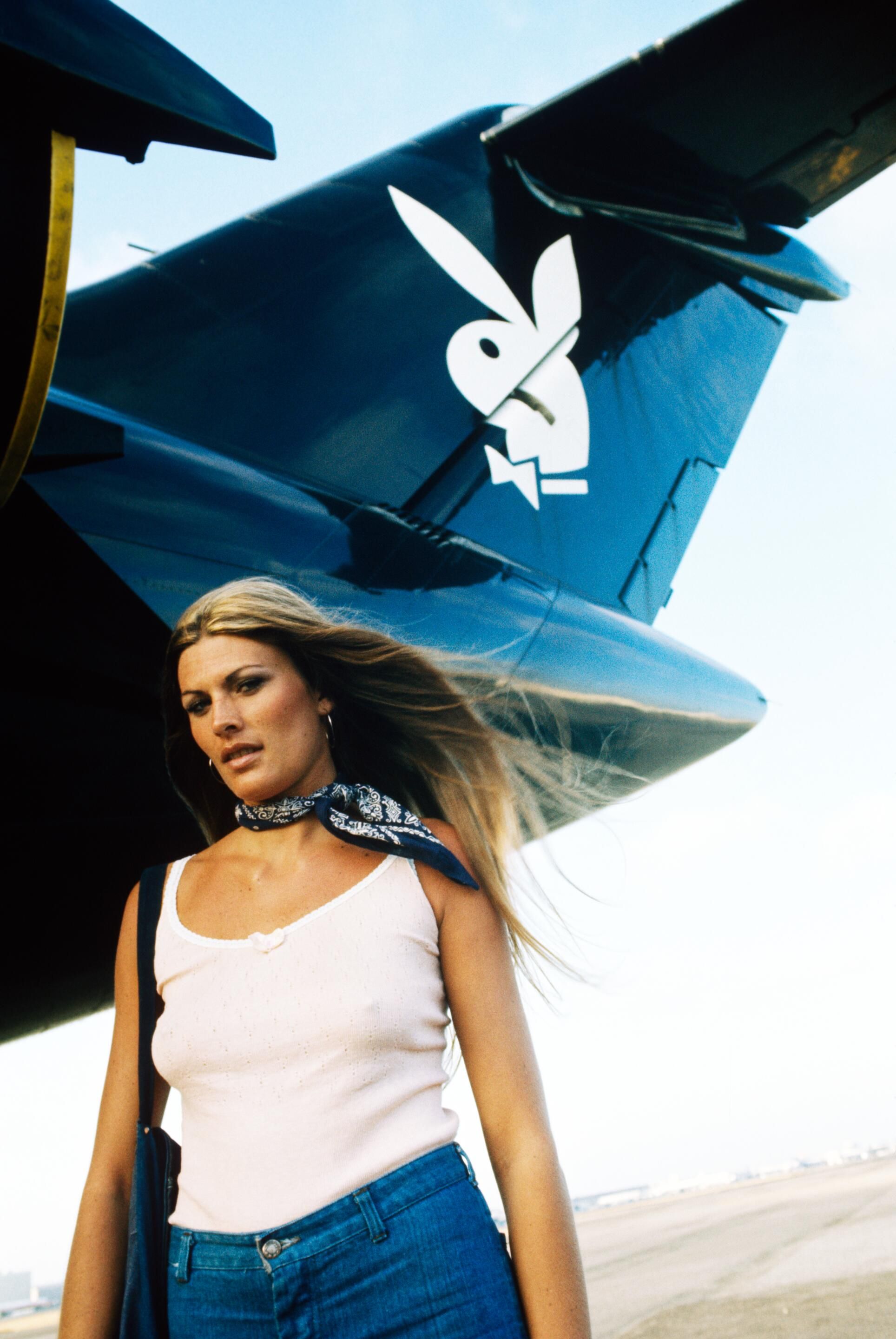
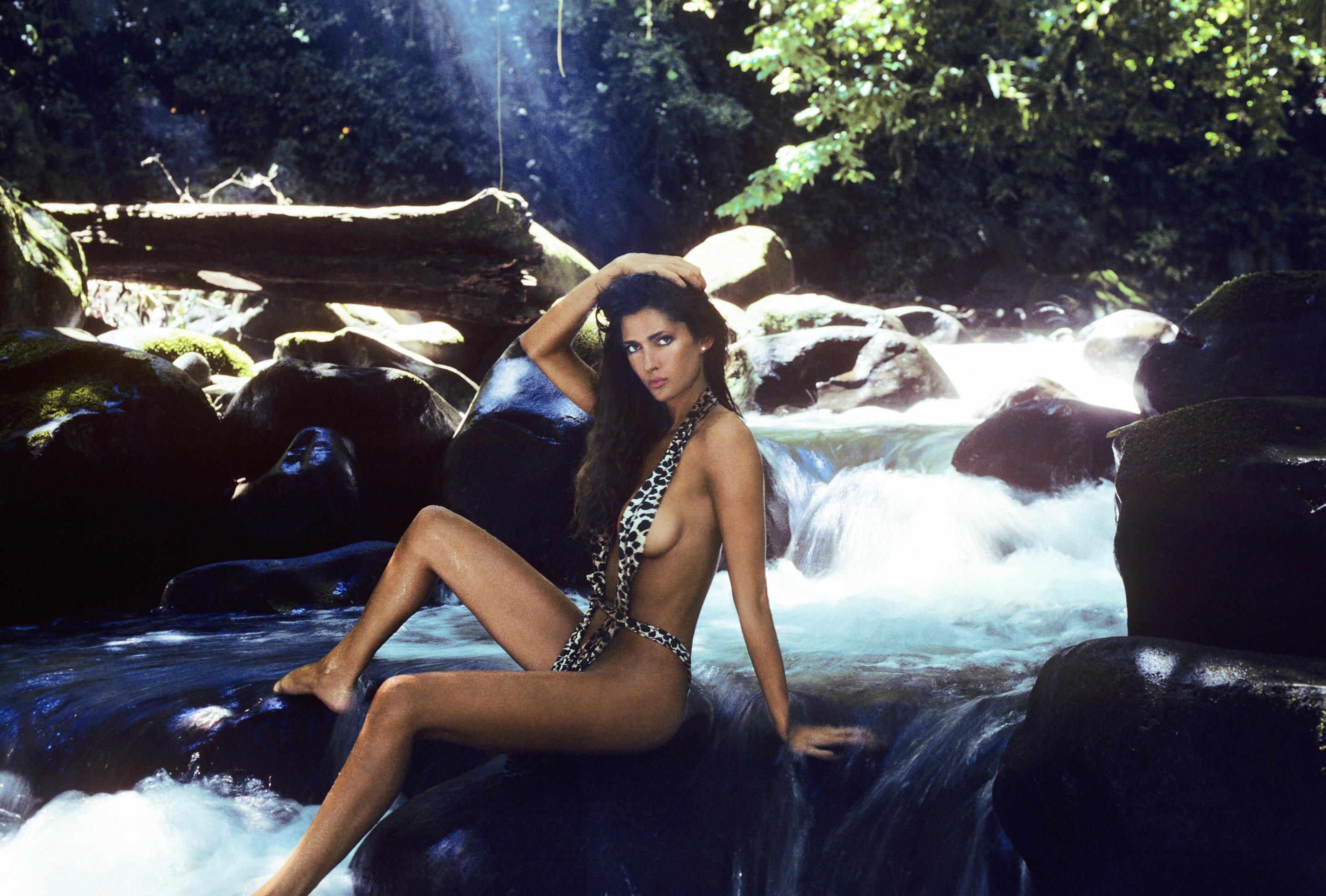
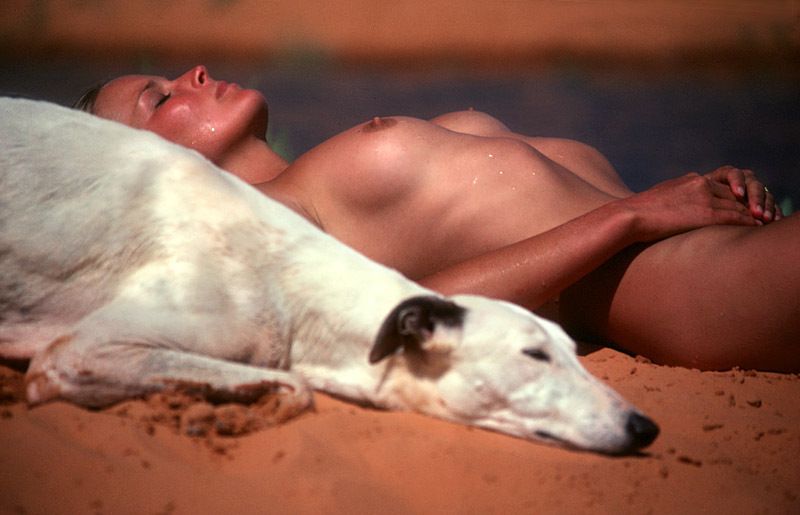
Credits
- Text: Cassidy George
Related Content

The American Dream Doesn’t Exist, It Never Has
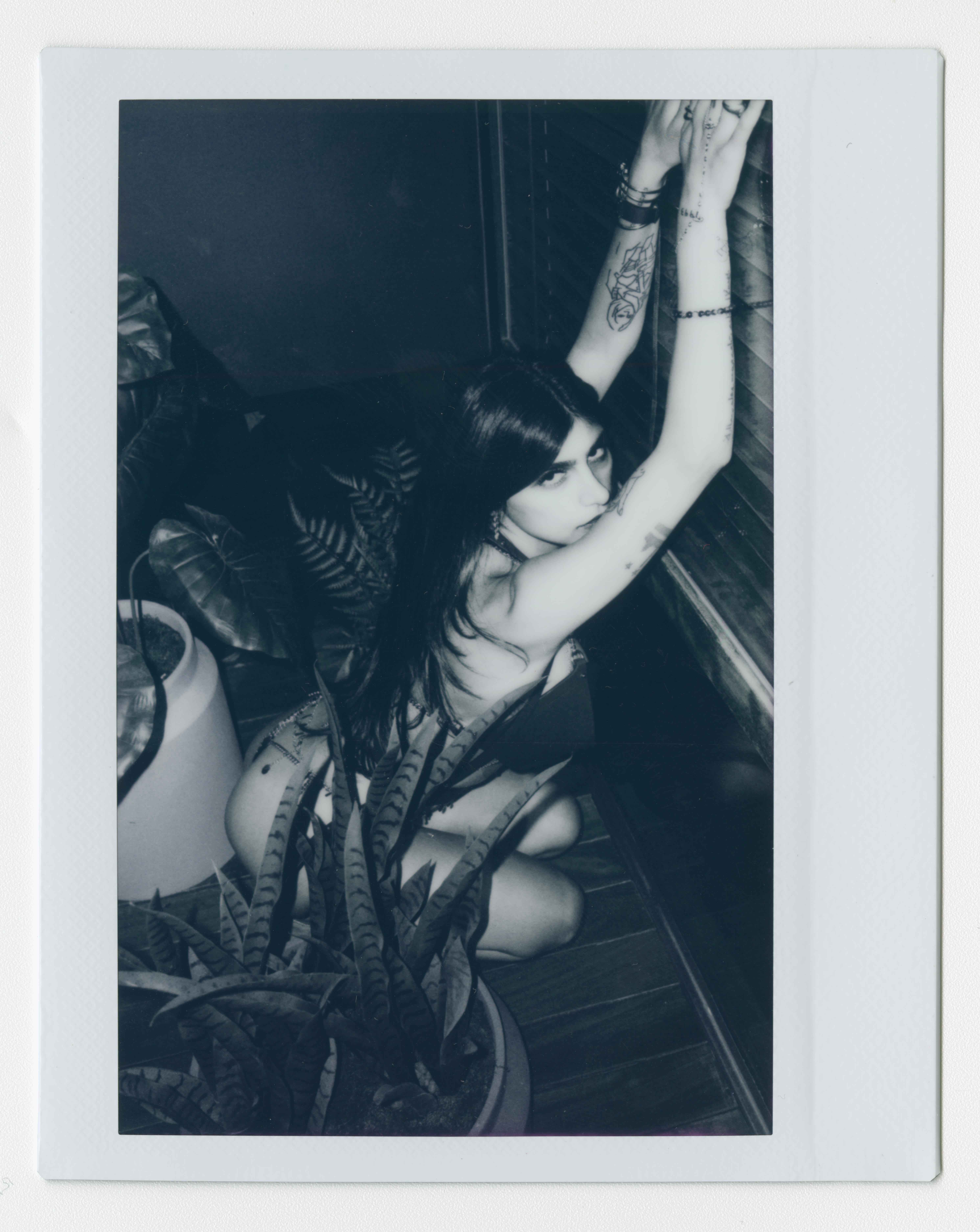
Brenda’s Business with MIA KHALIFA
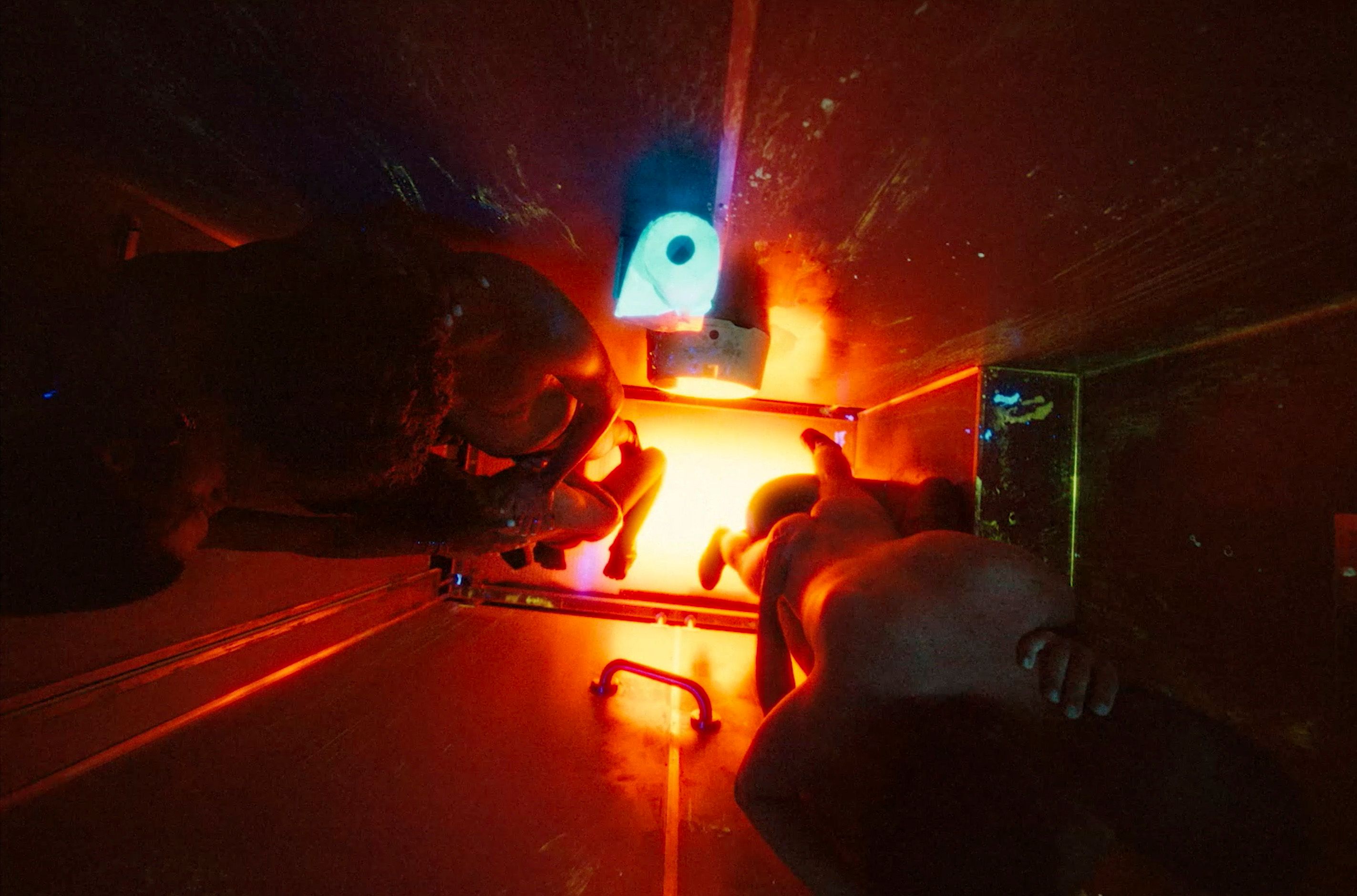
ON MESSAGE: MATT LAMBERT and ERIKA LUST
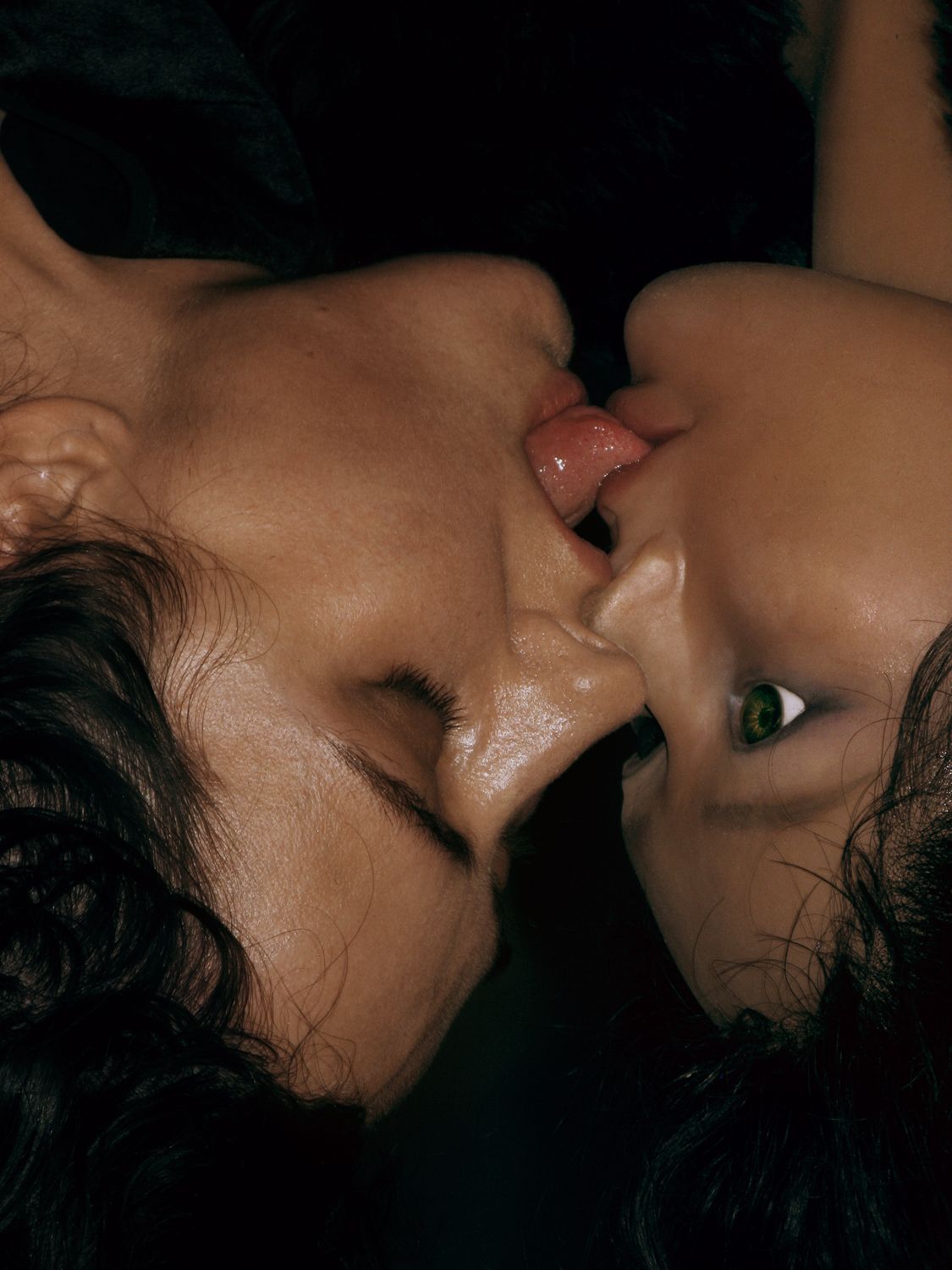
Bad Principle Created Chaos, Darkness, and Woman
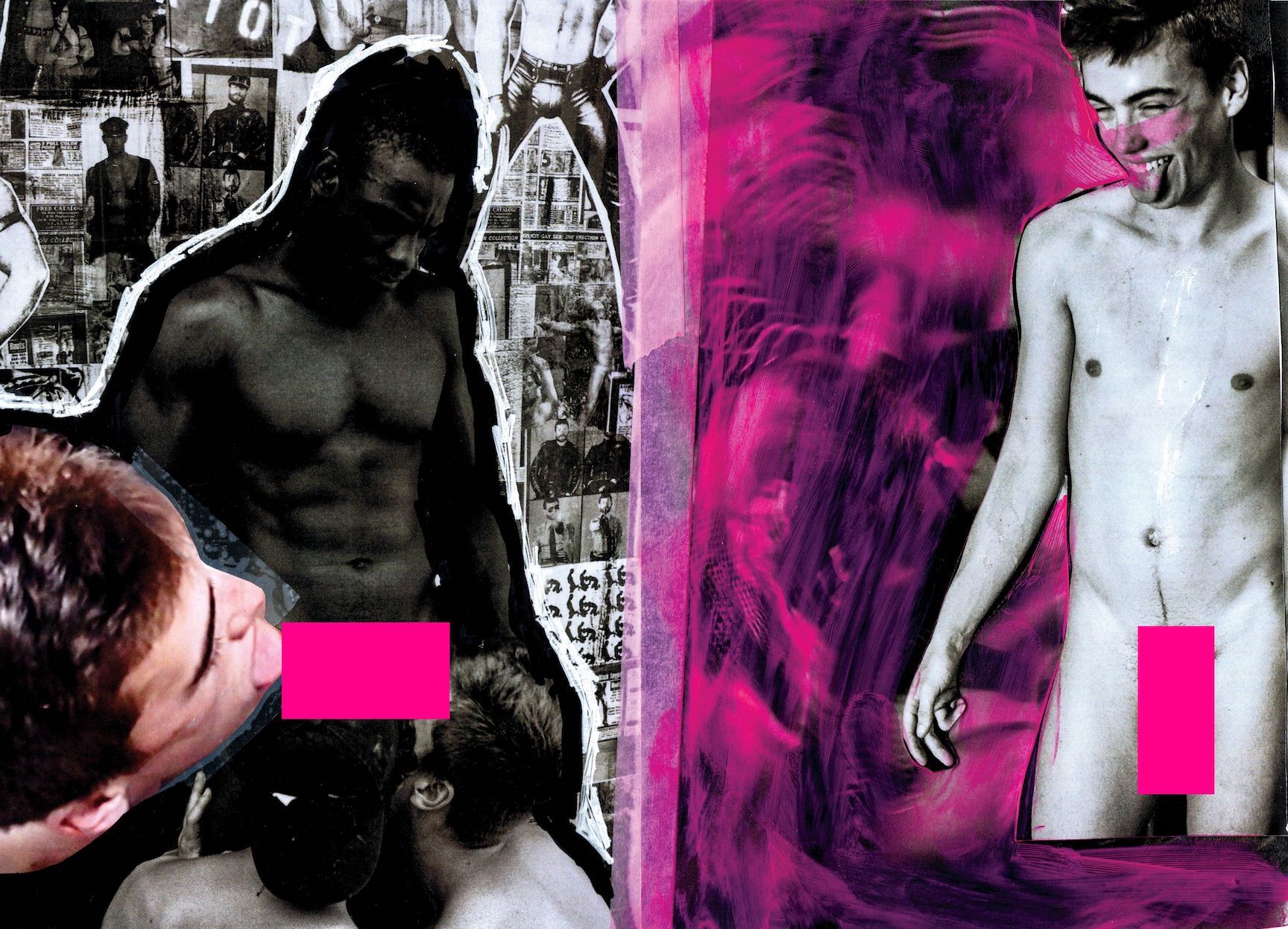
MATT LAMBERT: Pleasure Park
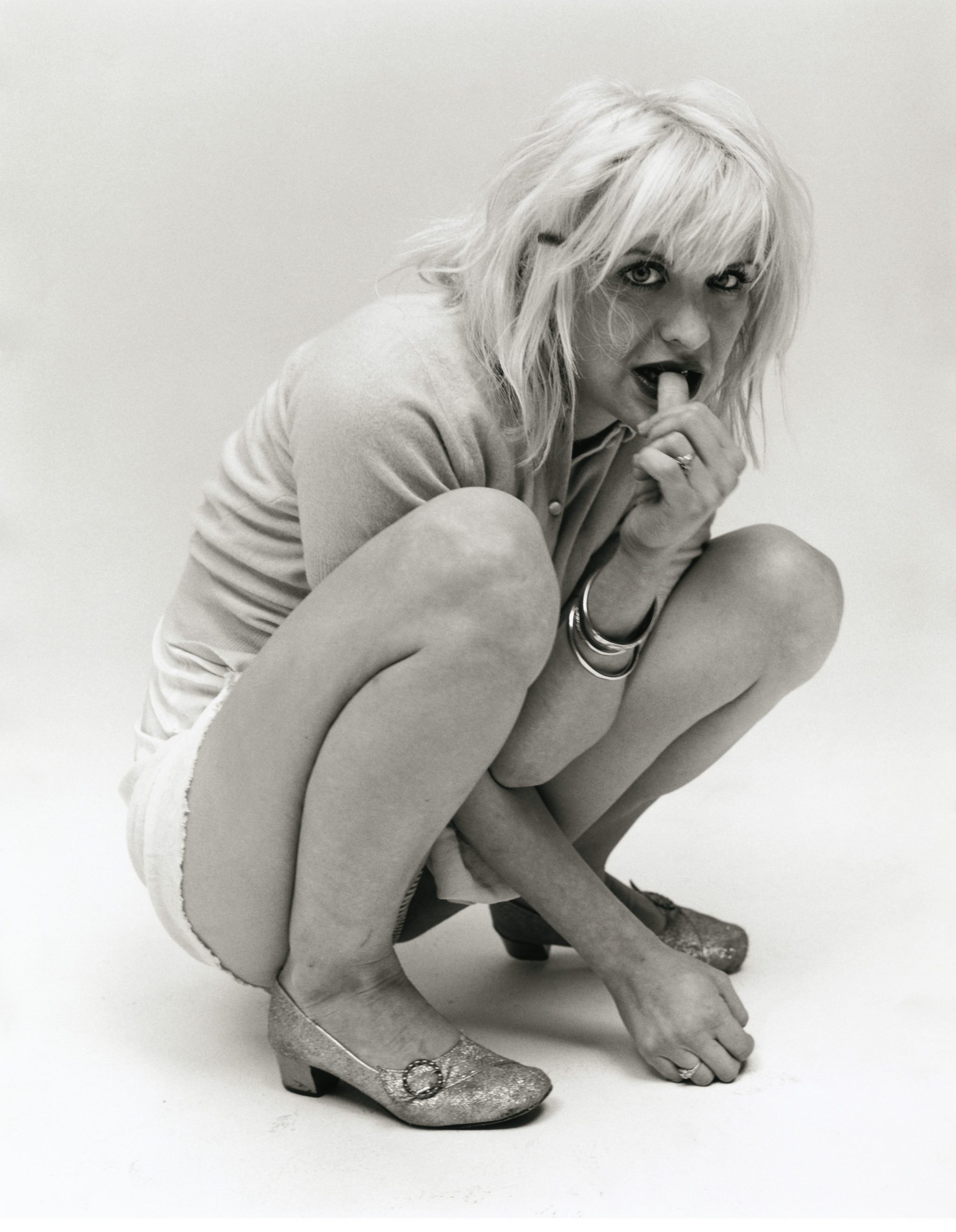
The Party Was a Dream: TOM KRUMMER’s Fake Interviews with PAMELA ANDERSON and COURTNEY LOVE
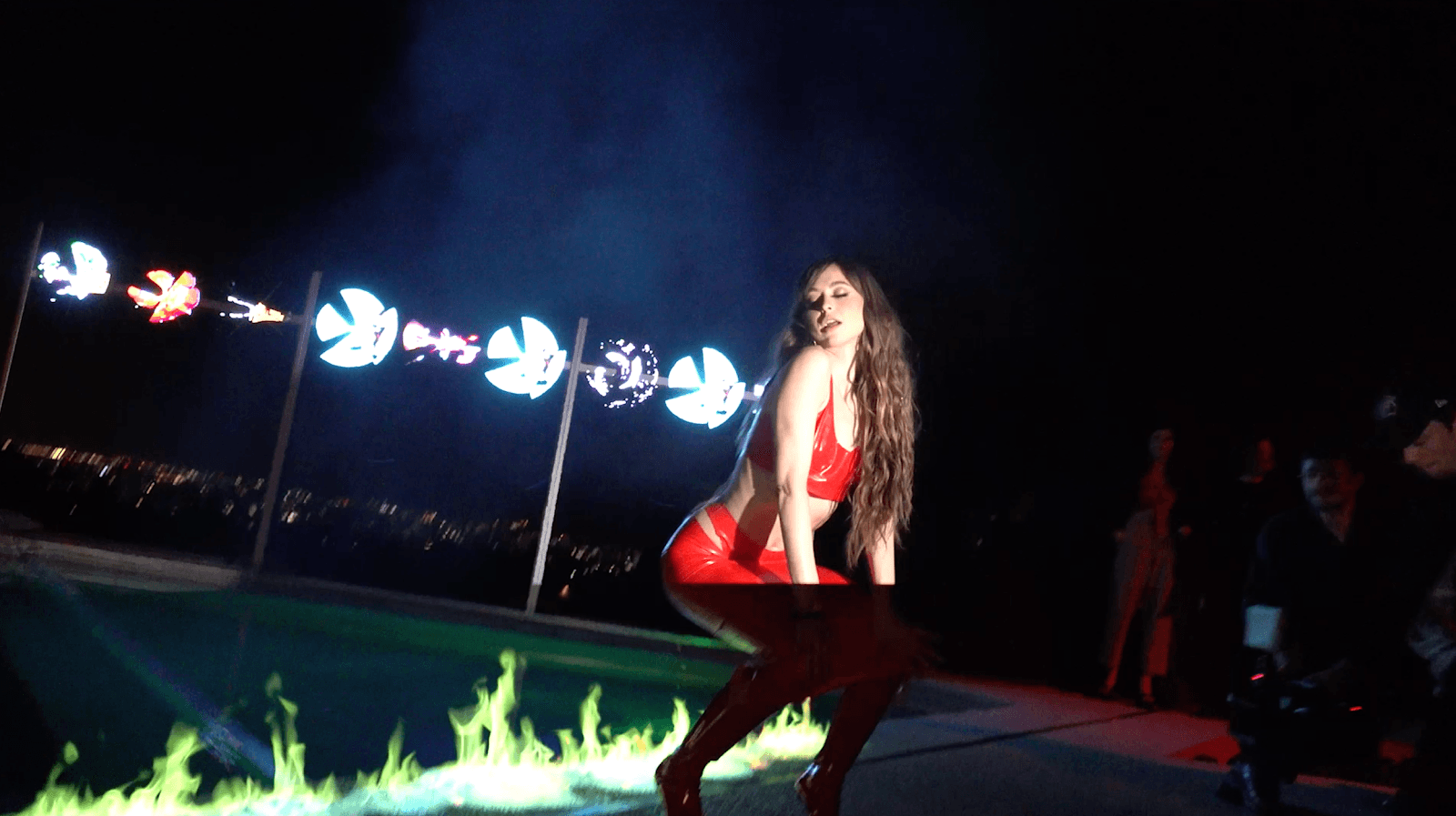
Sin City: 2023 Pornhub Awards
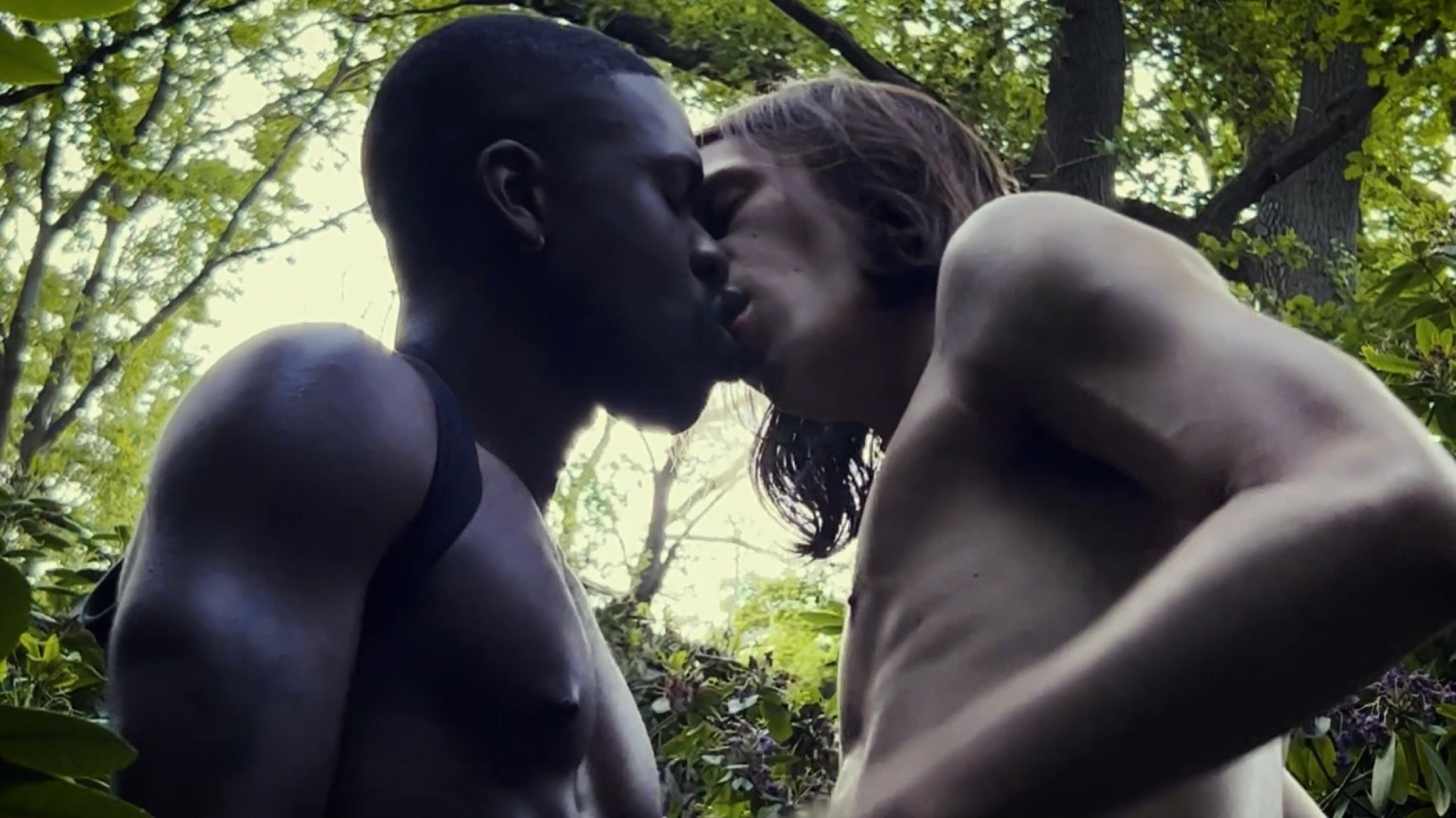
Cruise Centennial: MATT LAMBERT x LUDOVIC DE SAINT SERNIN for Pornhub